We tore and cut paper to create winter hats!
|
We painted on foil! The students were able to choose if they wanted to use q-tips or paint brushes. We tore and cut paper to create winter hats!
0 Comments
Bells can chime or ring. The sound a bell makes depends on its size, thickness, and type of material.
We have been working on letters Bb and Oo. We cut and pasted triangles for fine motor and glued letters in our journals. They explored in the winter sensory bin that has chick peas, letters for literacy, beads and ice cubes! Owls are nocturnal birds and hunt for food at night. A group of owls I s called a parliament. They may very little sound when flying in the air. Snow owls are hard to see in the snow because of their white feathers. Owls can turn their heads as much as 360 degrees!
We created our own snow owl puppet. They all thought it was great to use cupcake liners for the eyes! They played and built nests for their owls! For fine motor we practiced in our journals and traced letters and lines. Ice is water that has been frozen. This occurs when water becomes a solid at 0 degrees Celsius or 32 degrees Fahrenheit. We created our own dripping icicles by using glue, paint, and an eyedropper.
For fine motor we traced lines with paint and q-tips and cut paper to make a B collage. Footprints made by animals can be seen in the snow or dirt. They can be different shapes and sizes depending on the animal. People can find animals by using their tracks. No matter if you are a raccoon or a human, you can make tracks in the snow. Tracks can be identified by looking at details such as their size and unique shape. During this invitation to create, the children created snow tracks using tools and their own body. Through this process, children discovered how to create a variety of tracks using their fingers, hands, fists, or a cotton swab.
For fine motor we painted a cupcake with different paint tools. They used a q-tip to paint their name. The younger kids glued rectangles to a piece of paper. I cut out the first initial of their name with the green paper they painted. Stringed instruments create sounds through vibrations. When the strings are rubbed by a bow, struck or plucked they create different sounds. Examples of stringed instruments are guitars, harps and violins and the sitar. Some of the earliest stringed instruments came from Asia and India.
Today we made violins. Violins have strings and a bow to make beautiful and calming sounds. They used the the muscles in their hands and fingers to string their violin and bows they created. We completed uppercase and lowercase Pp puzzles. The younger practiced cutting strips while the older kids cut out their Pp puzzle pieces. For fine motor practice we colored and cut to create an ice cream cone. Woodwind instruments create sounds by blowing air into or across a mouthpiece. Examples of woodwind instruments are flutes, clarinets, oboes, and saxophones. The first woodwind instrument was a flute carved from the thighbone of a bear.
Today we played a woodwind game; they rolled cube two times, identified the two colors, and then pretended to play the color note pattern. The kids were encouraged to explore the flute and blow various sounds through it. Woodwind instruments such as the flute, clarinet and saxophones are all able to create sound through breath. Today they discovered how to use and manipulate their breath to create colorful designs. The children pretended to play a woodwind instrument while creating their own framed masterpiece. They chose color of paint they wanted to use (they call chose the same colors). We used pipettes to put the watery paint on paper and straw to blow the paint across the paper. We played musical instrument matching game. For fine motor we traced zig zag lines. We also snuck in fine motor using the pipettes by squeezing with their little fingers! We also did some work in our fine motor journals. I placed snowball letters and sight words on the table. The older kids know some of the sight words, for the kiddos that are not ready for sight words we find the letters to make the word for letter recognition. Drums are percussion instruments that create sounds by pounding on them. In the past, most drums were made with animal skin stretched over a hollowed-out wooden shell. Some of the oldest drums came from China and much of the drum knowledge and rhythms came from Africa. Drums have been used for communication and celebrations.
As a group we took turns picking a penguin letter and sound card and matched with the uppercase iceberg. The older kids will help the younger kids! Today we designed our own drums using paper plates, beads, straw, and yarn. For fine motor we traced letters. The younger kids glued green pieces of paper on the letter G. The color of the month is green! The younger toddlers have been painting with green paint. We have used paint brushes and rollers!
|
Archives
May 2024
Categories |
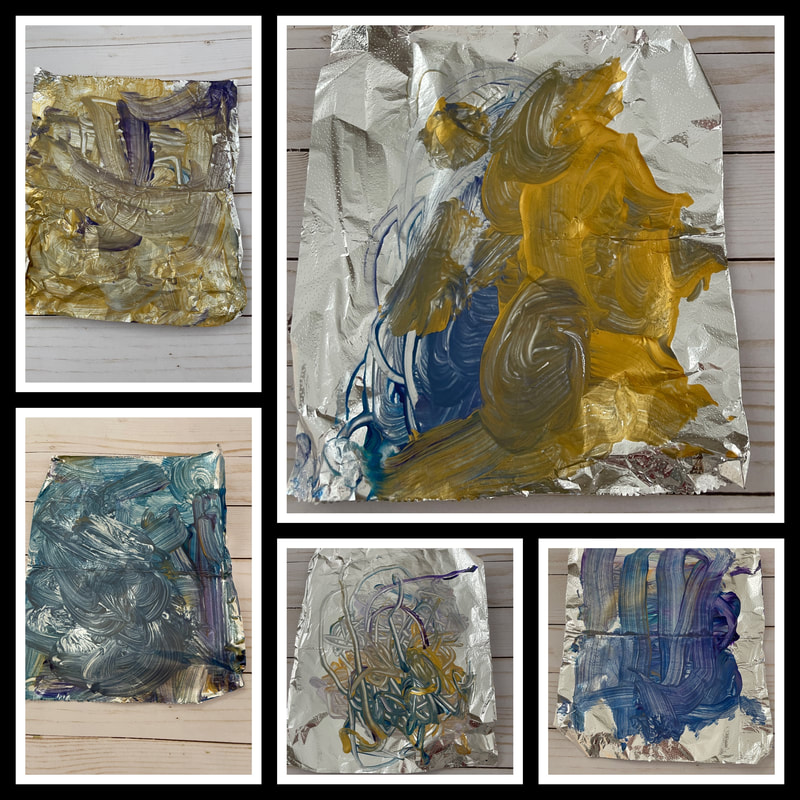
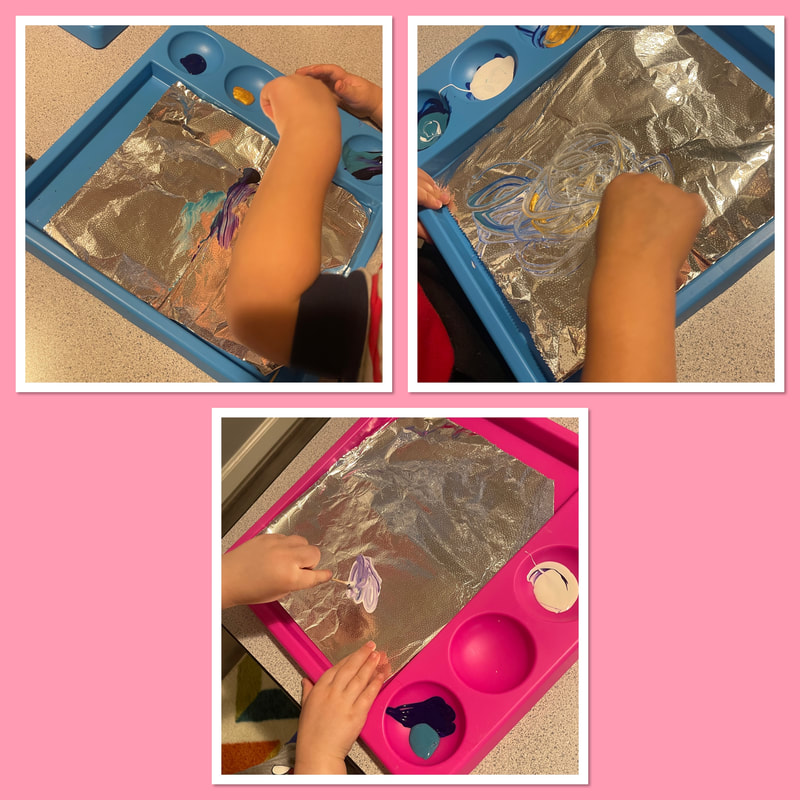
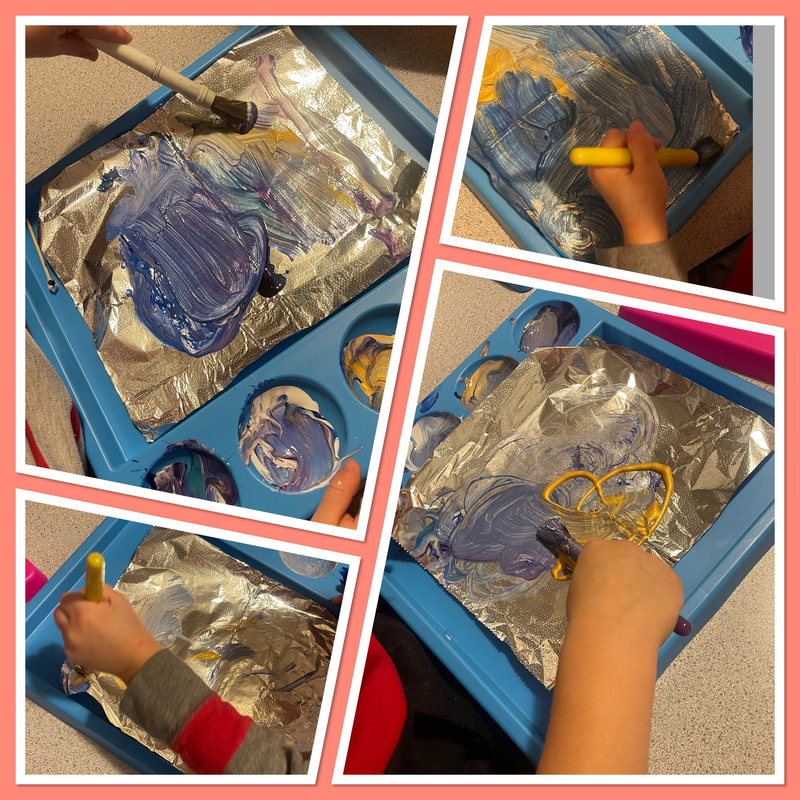
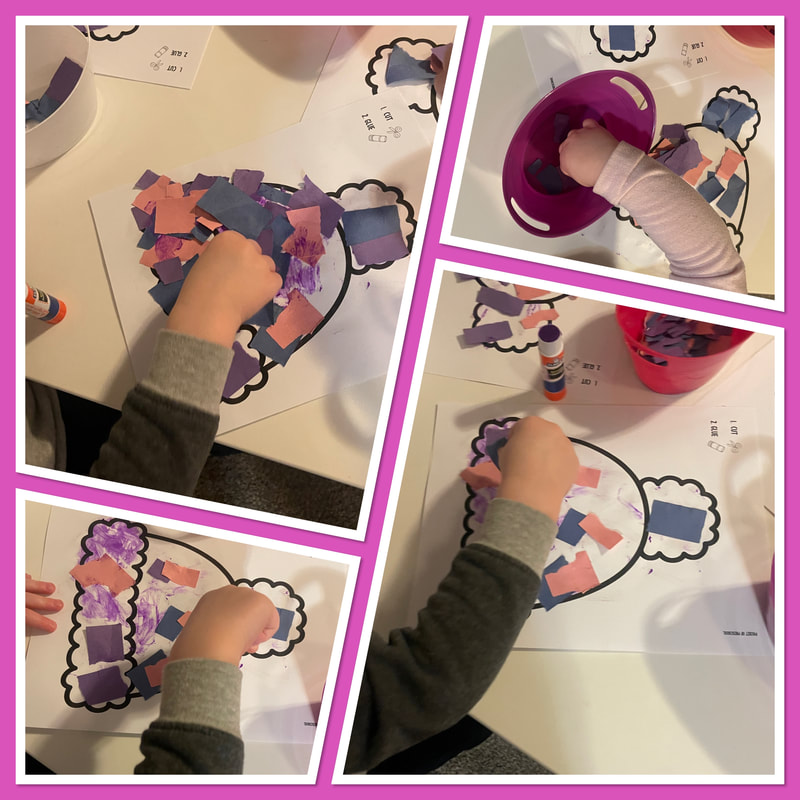
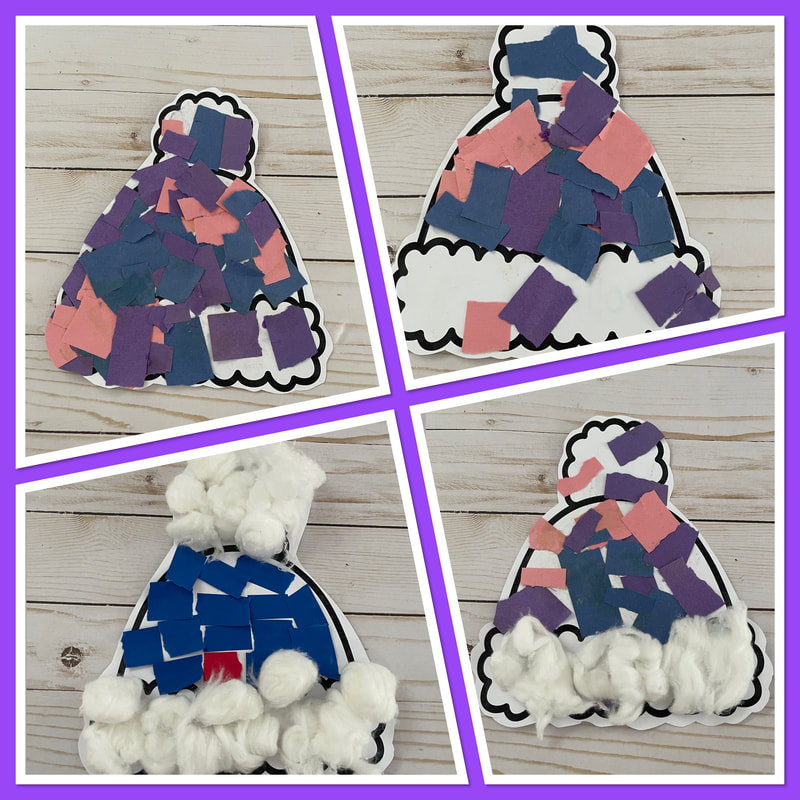
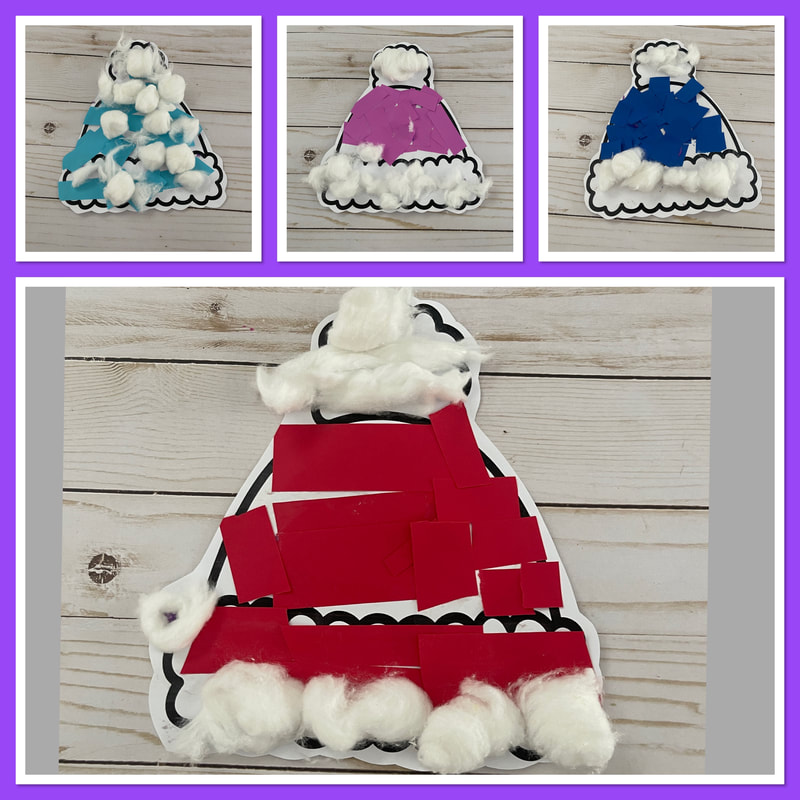
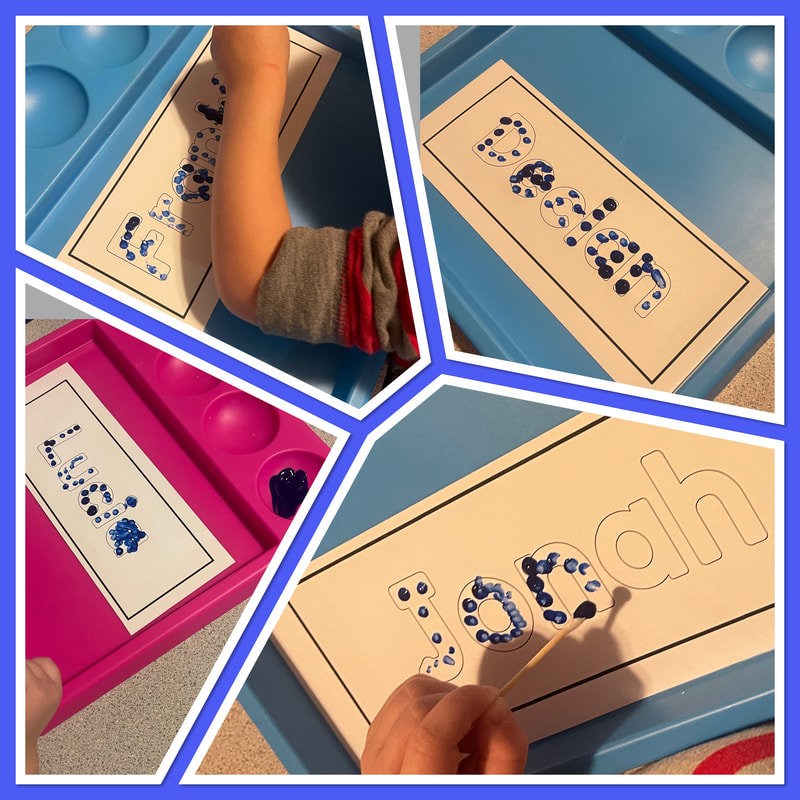
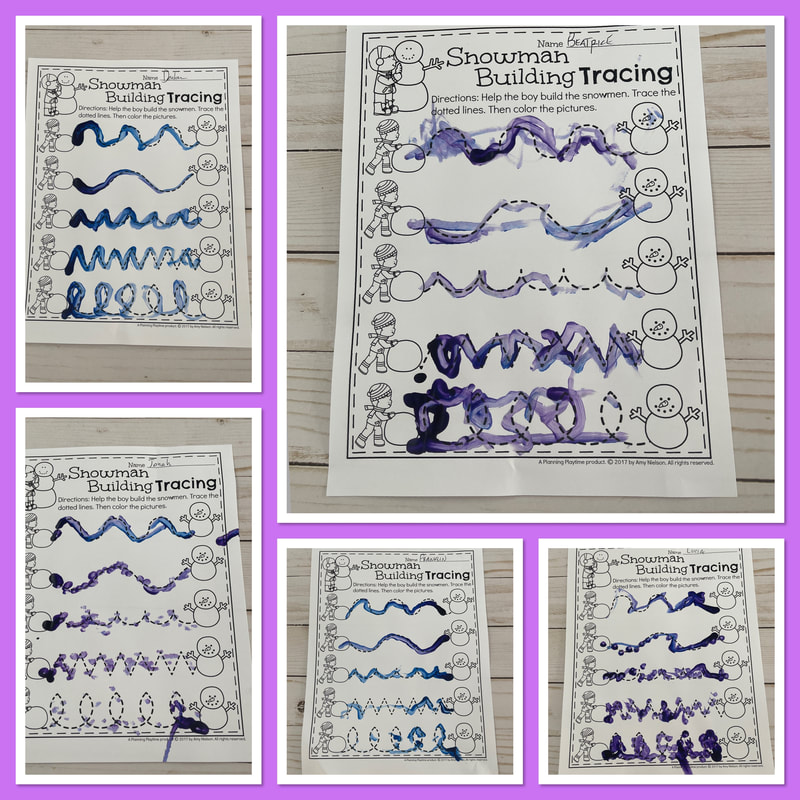
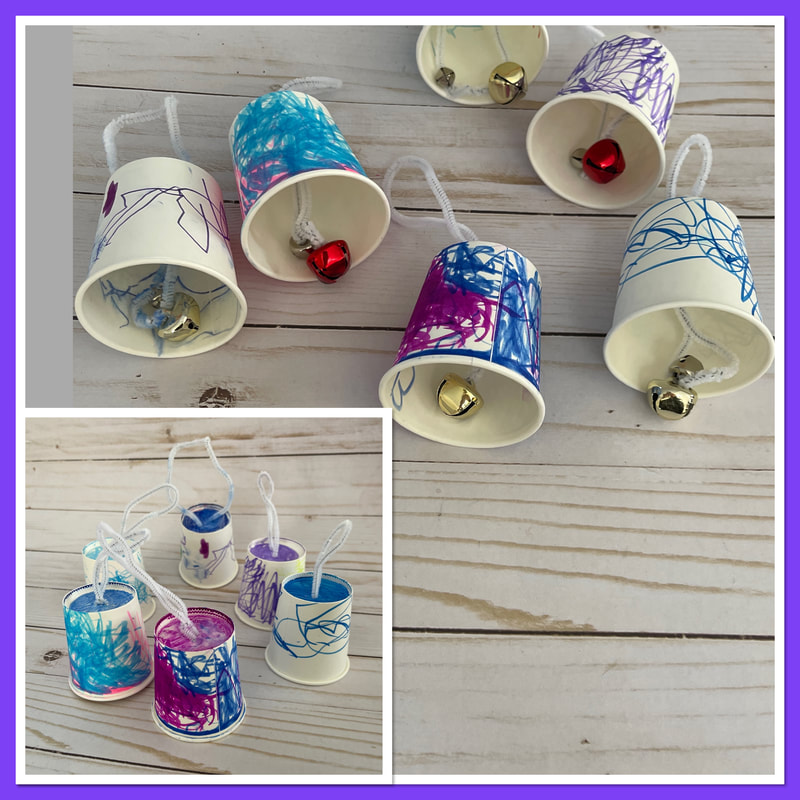
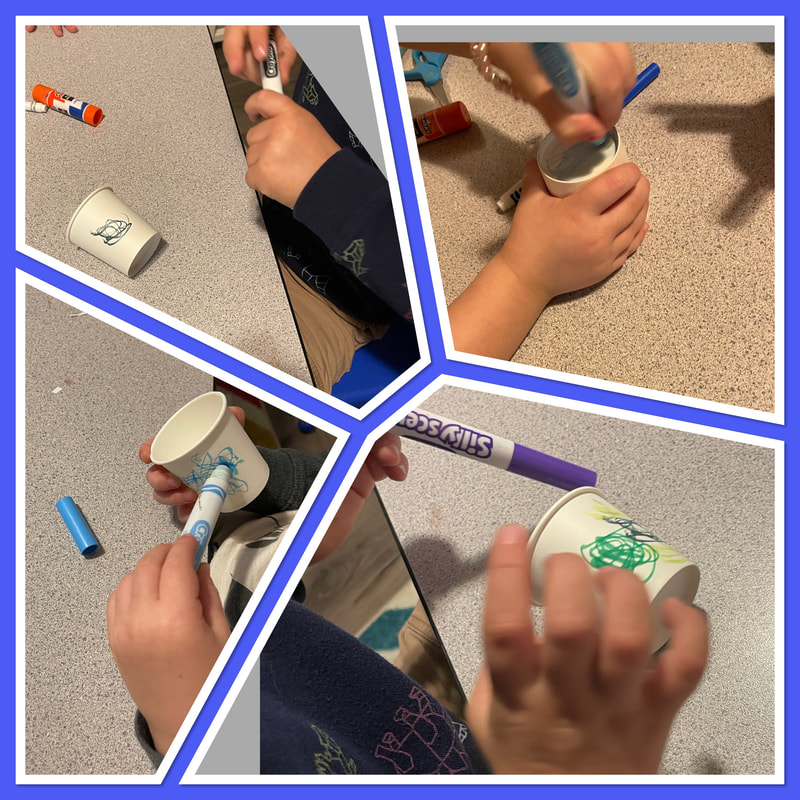
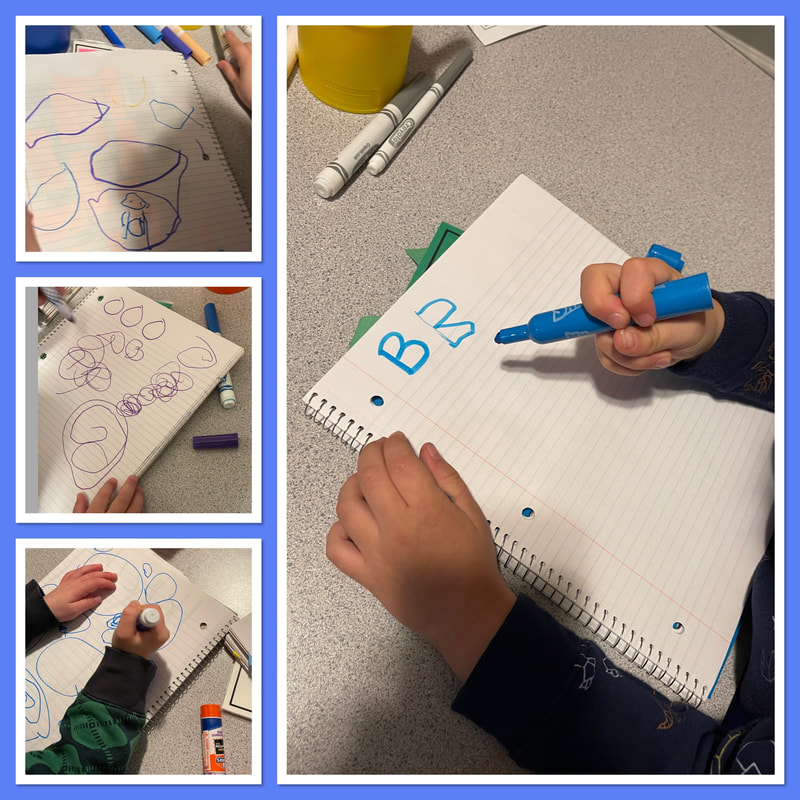
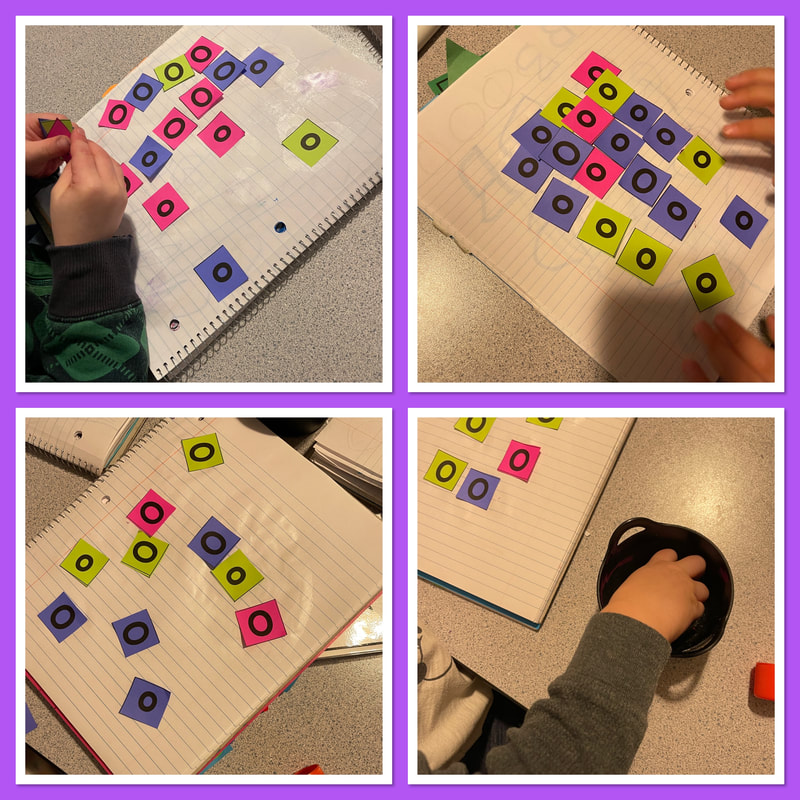
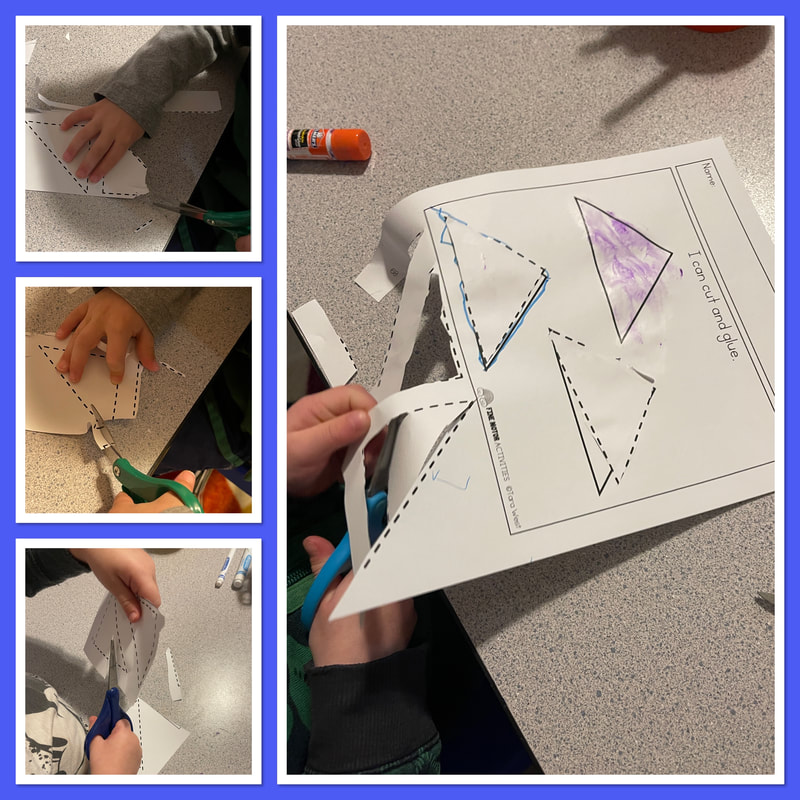
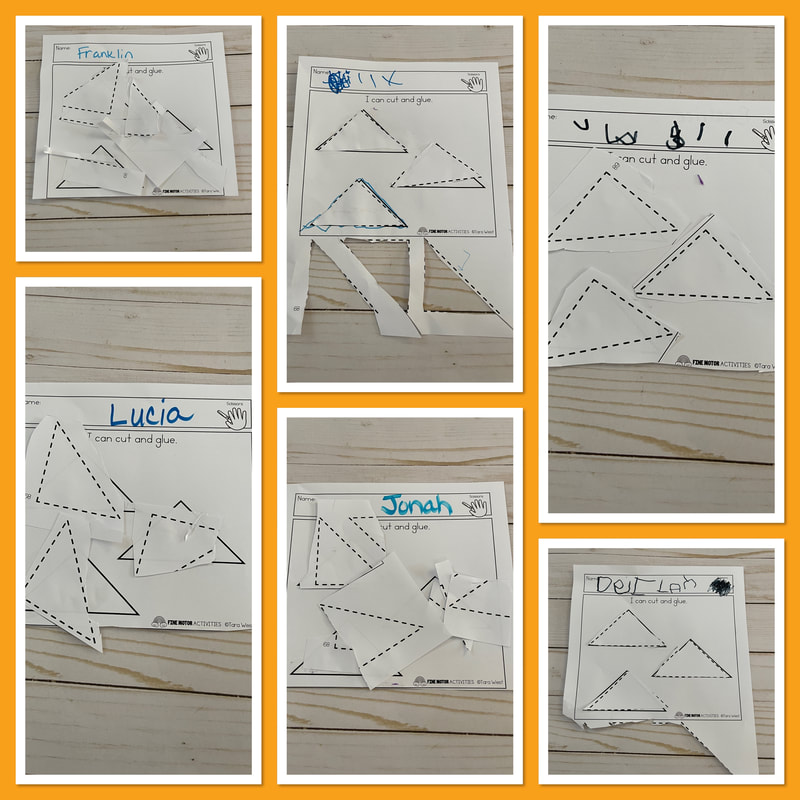
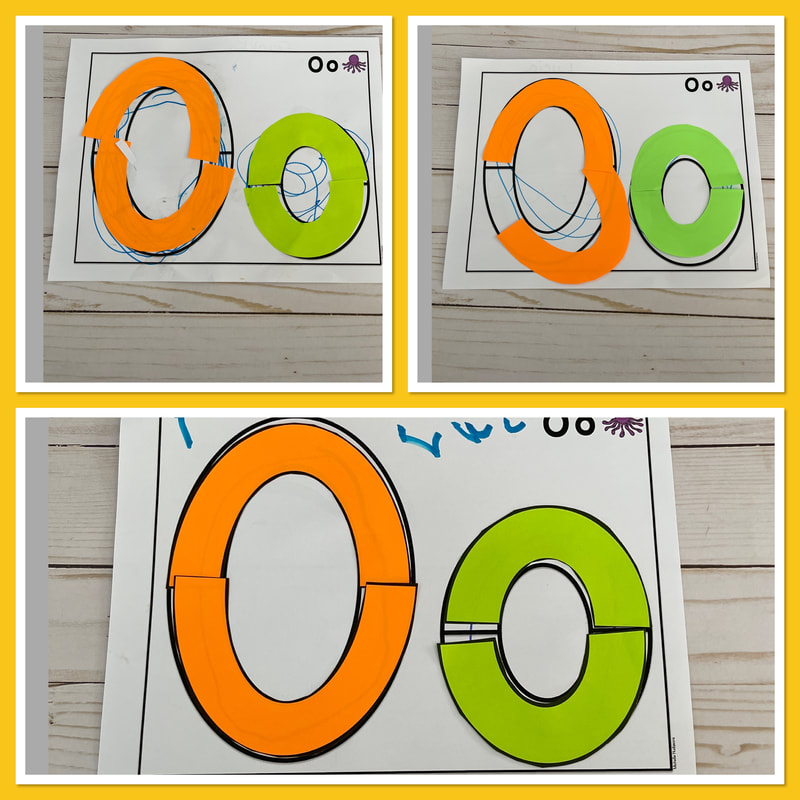
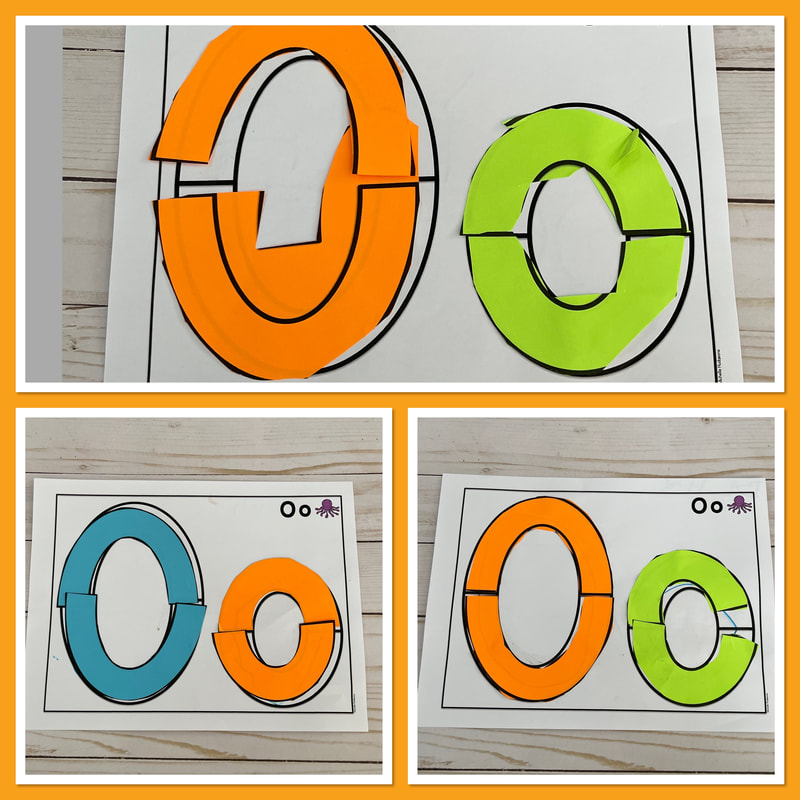
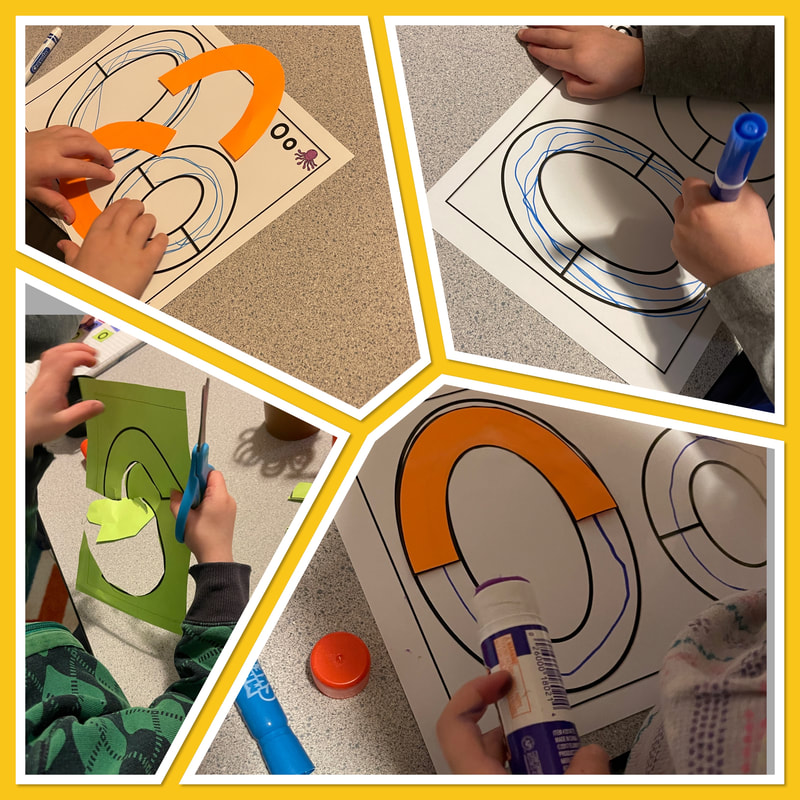
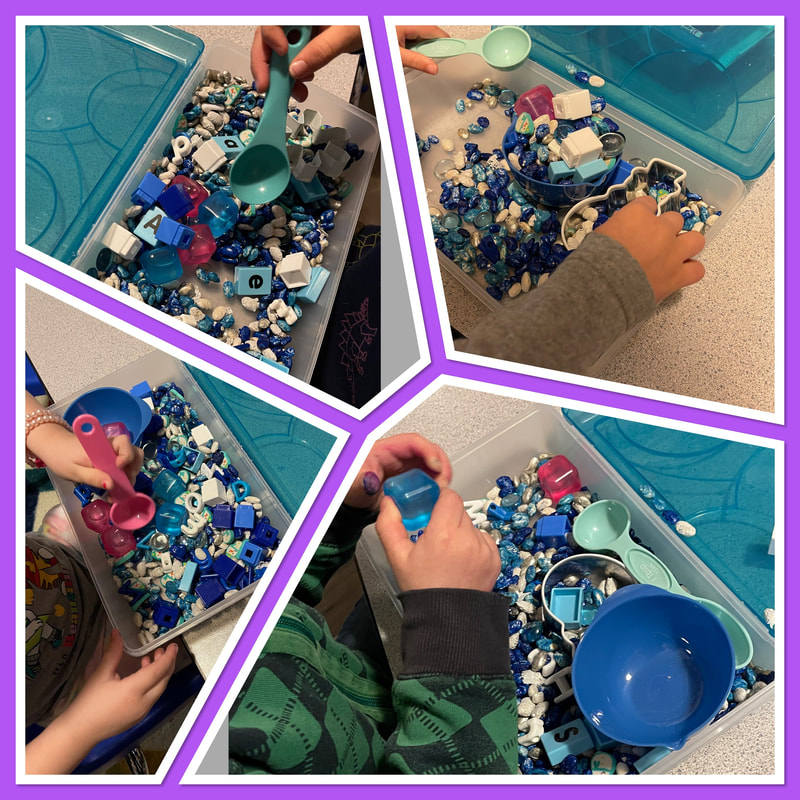
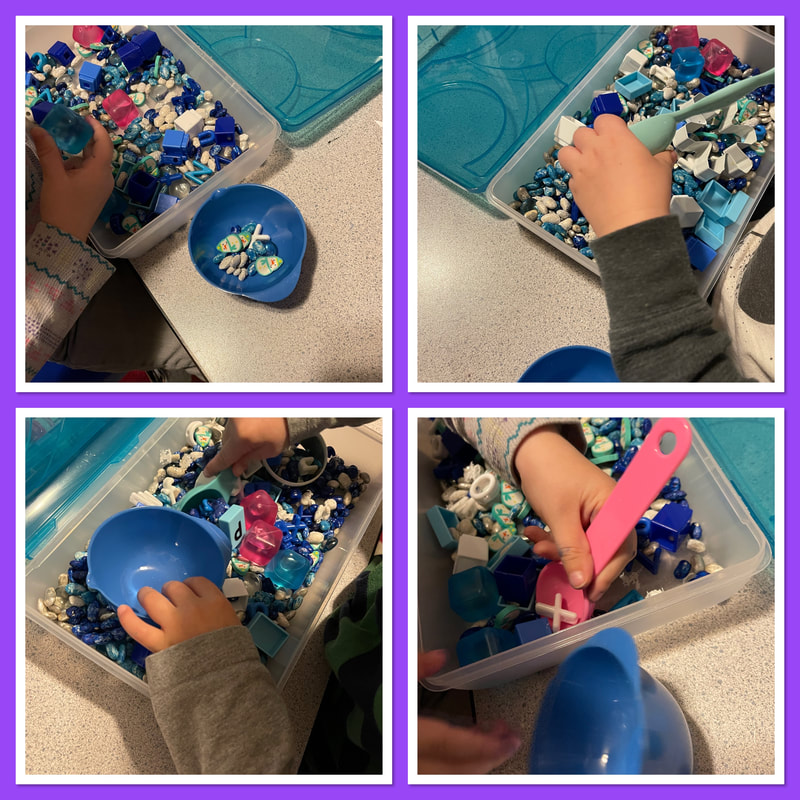
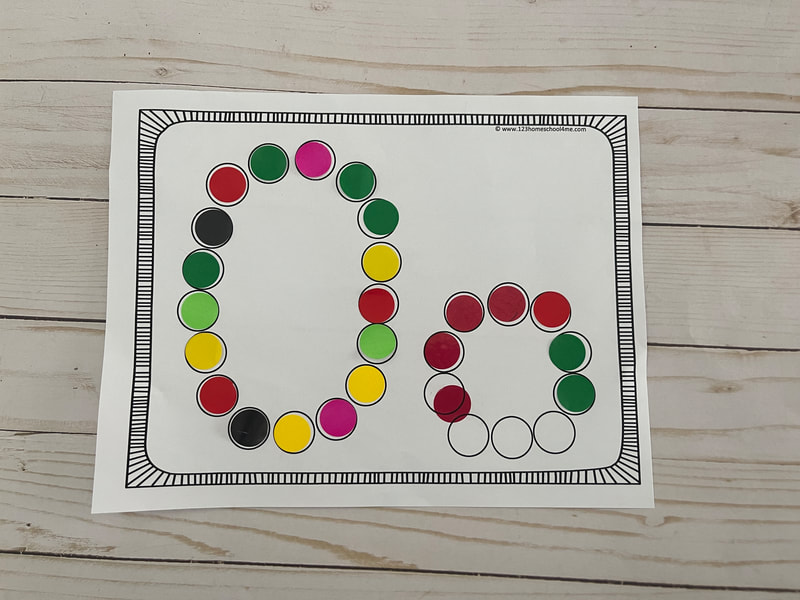
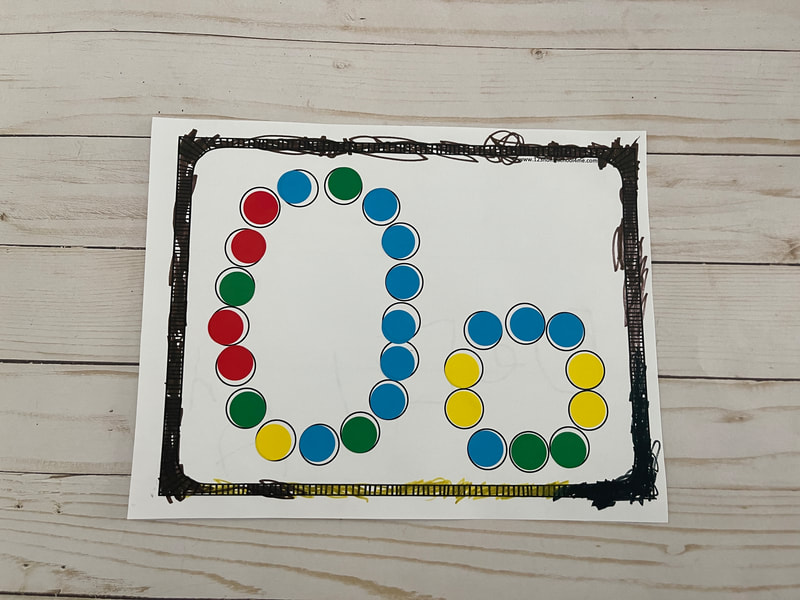
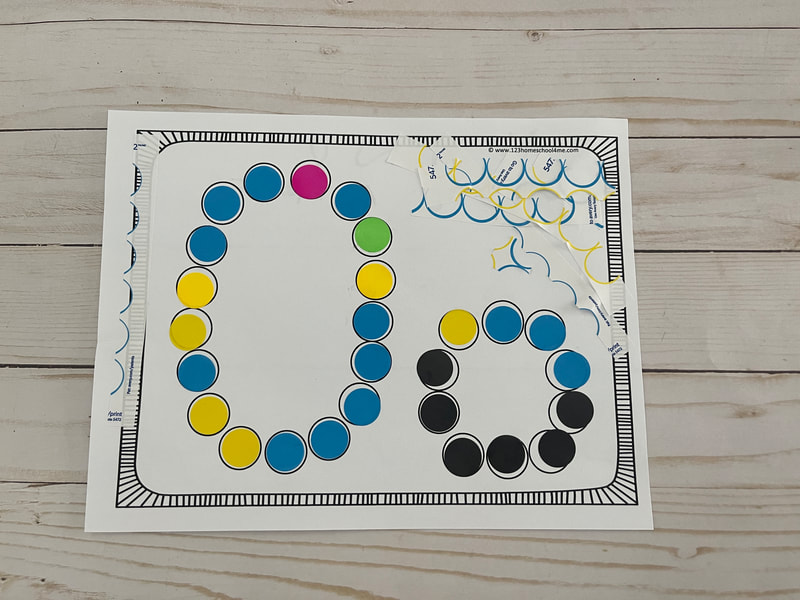
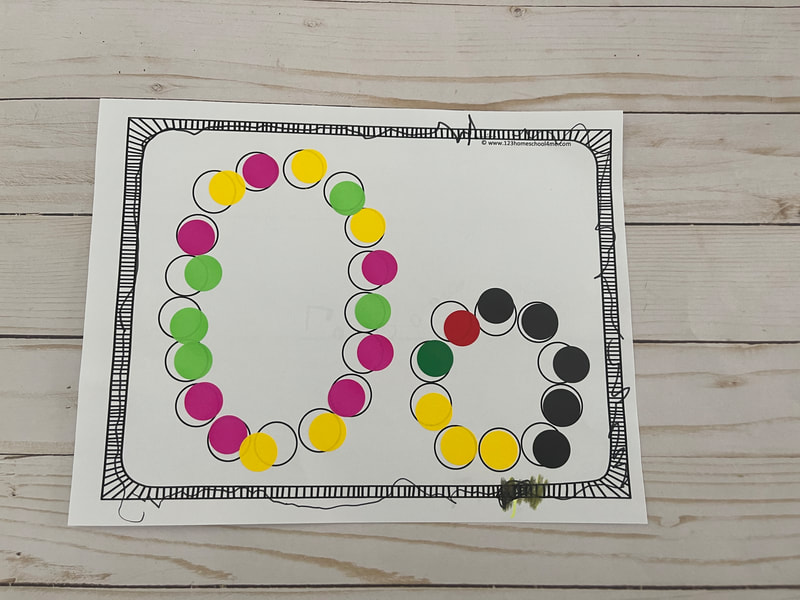
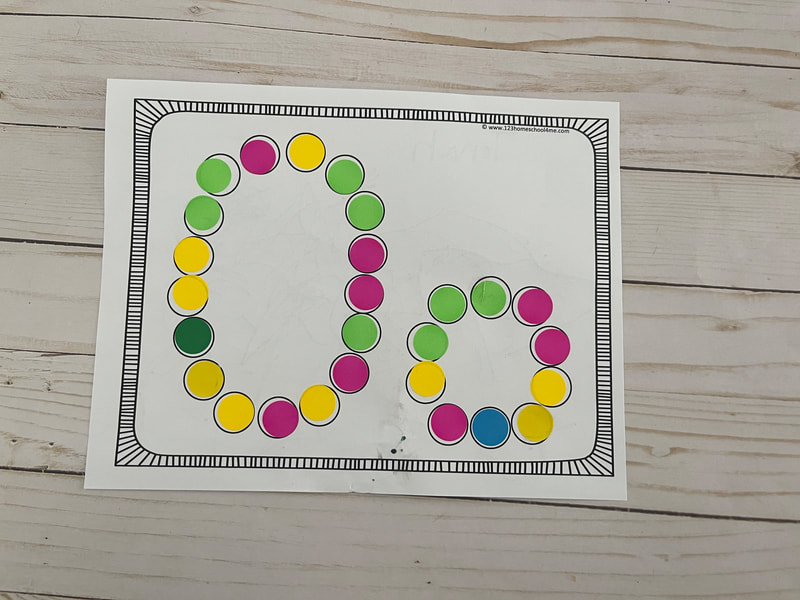
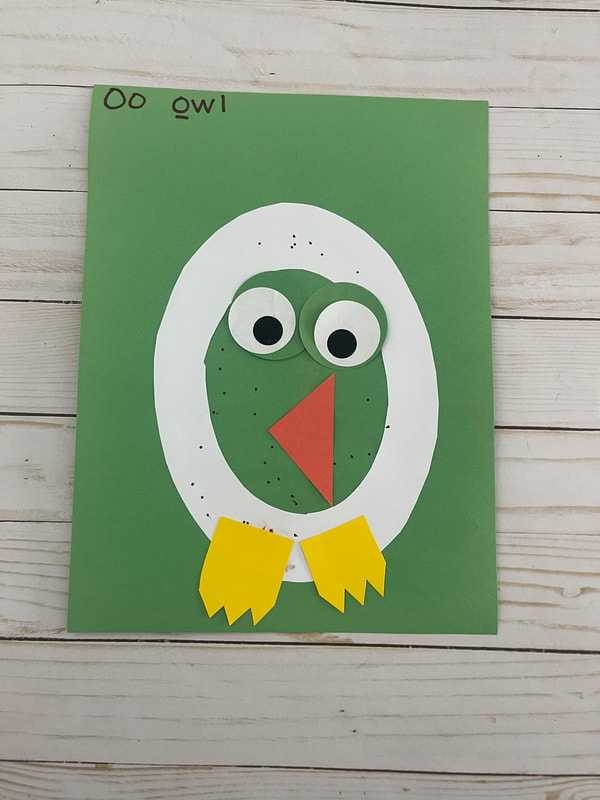
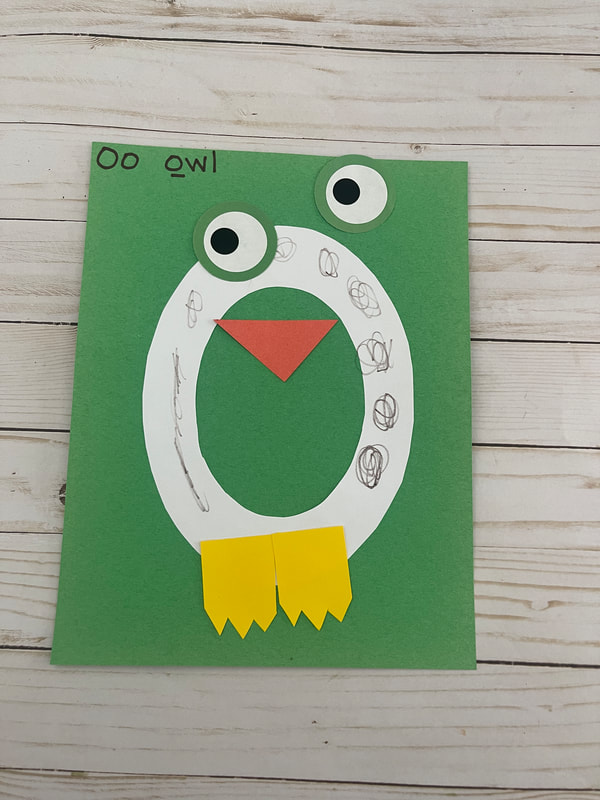
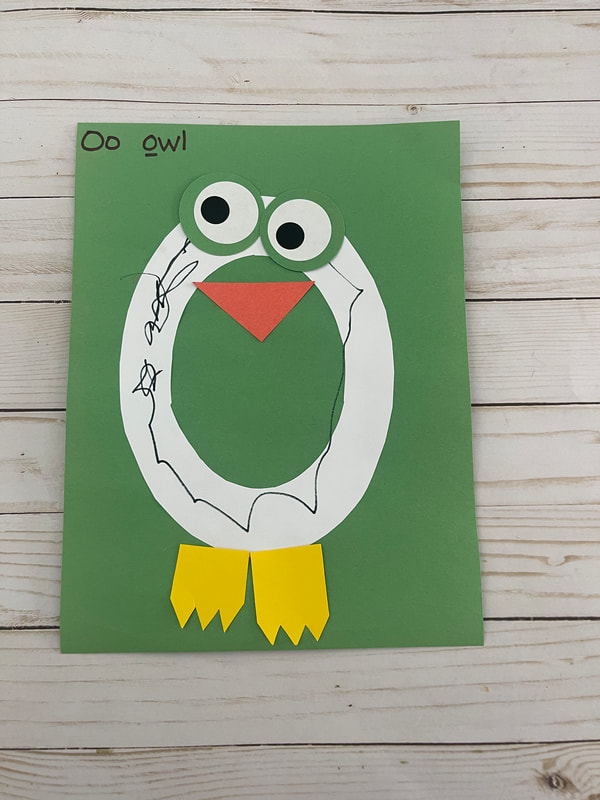
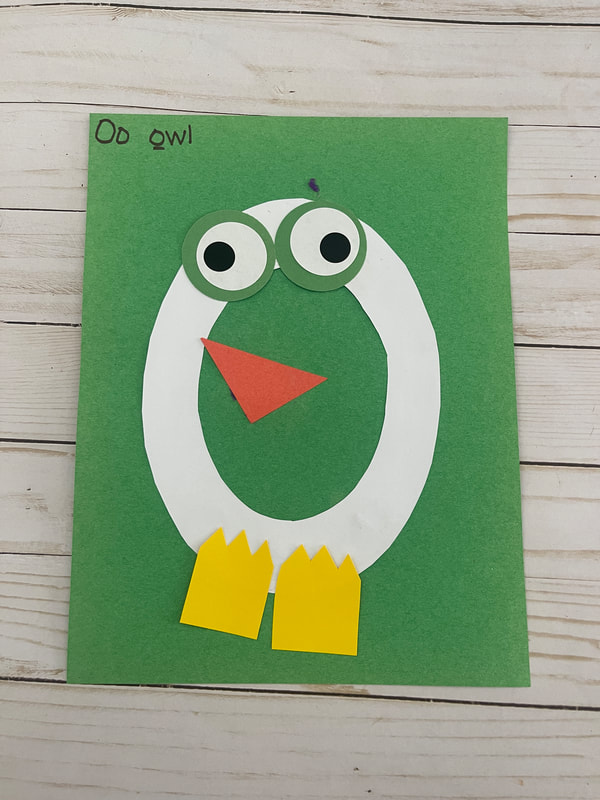
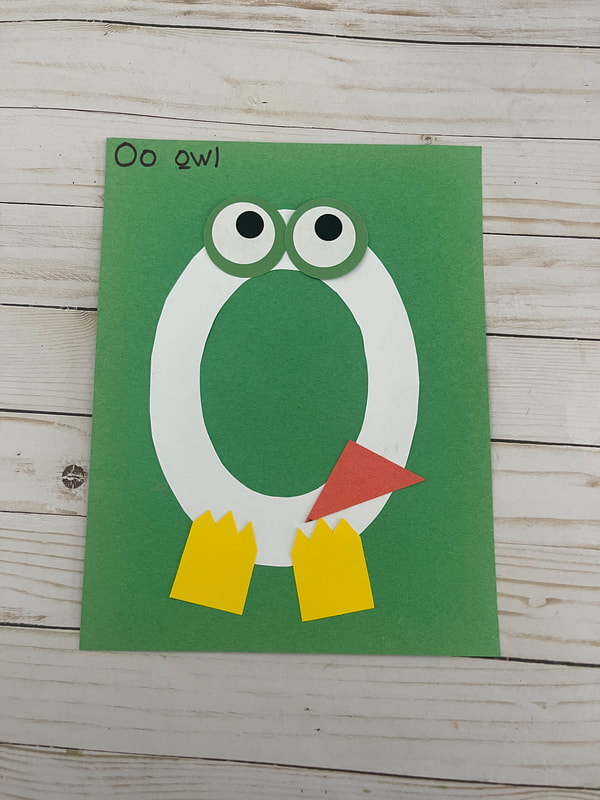
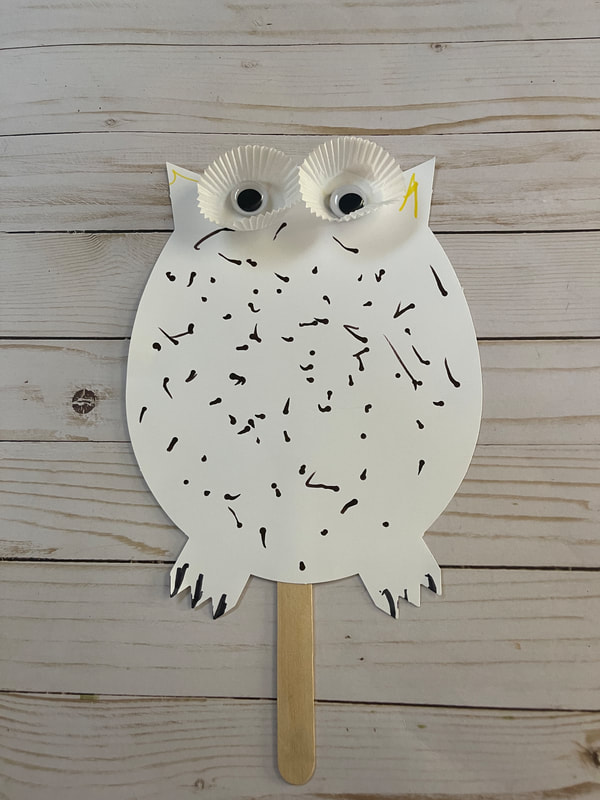
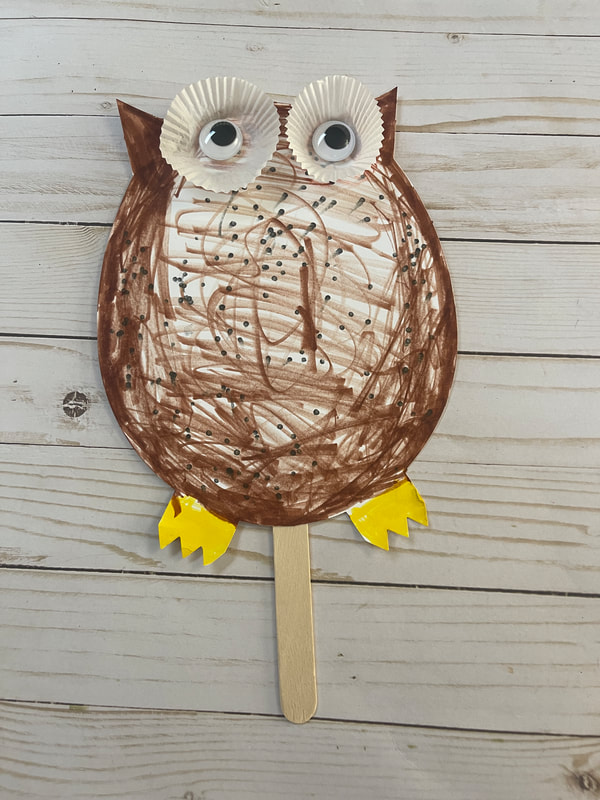
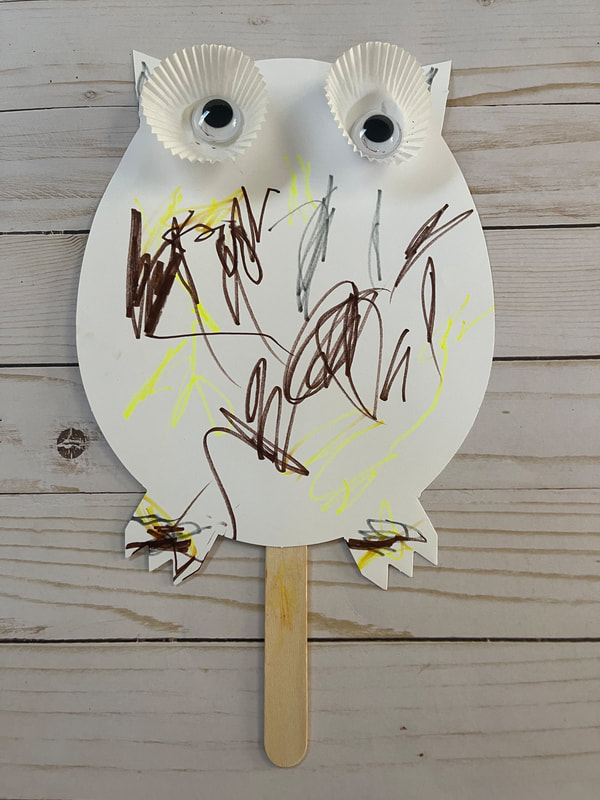
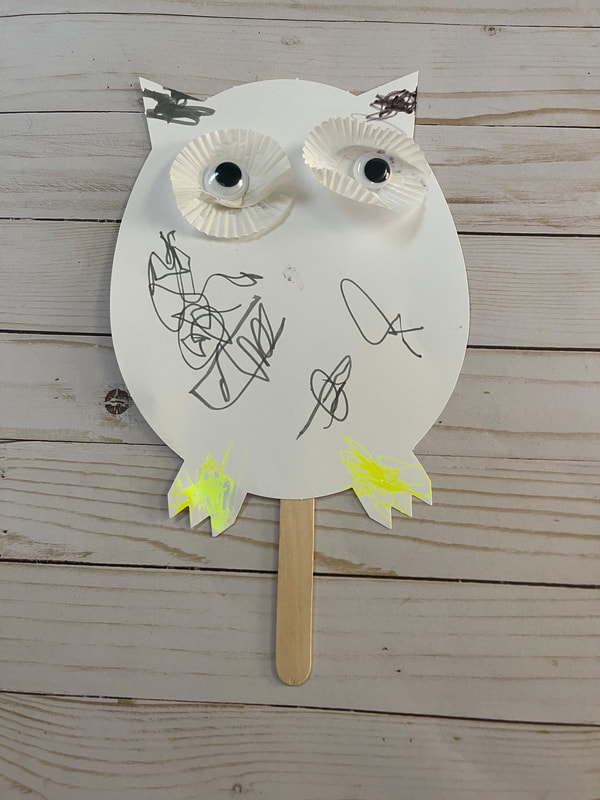
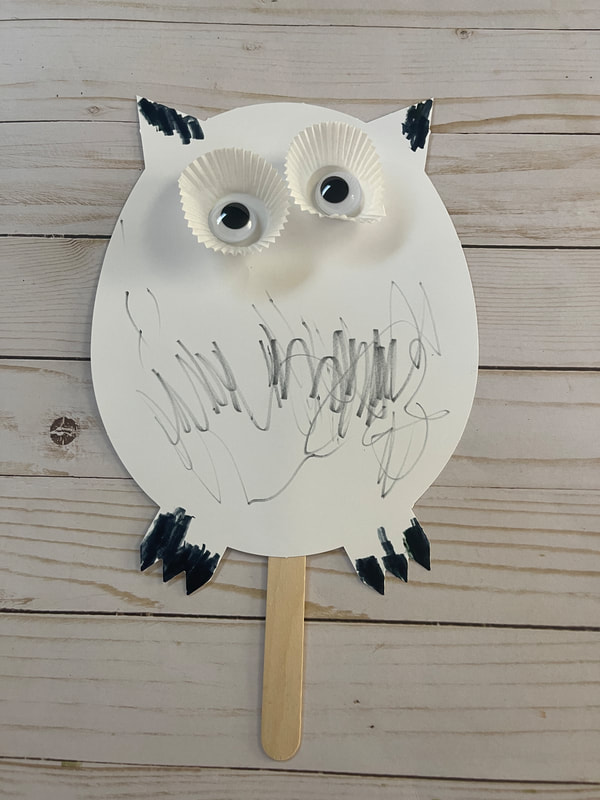
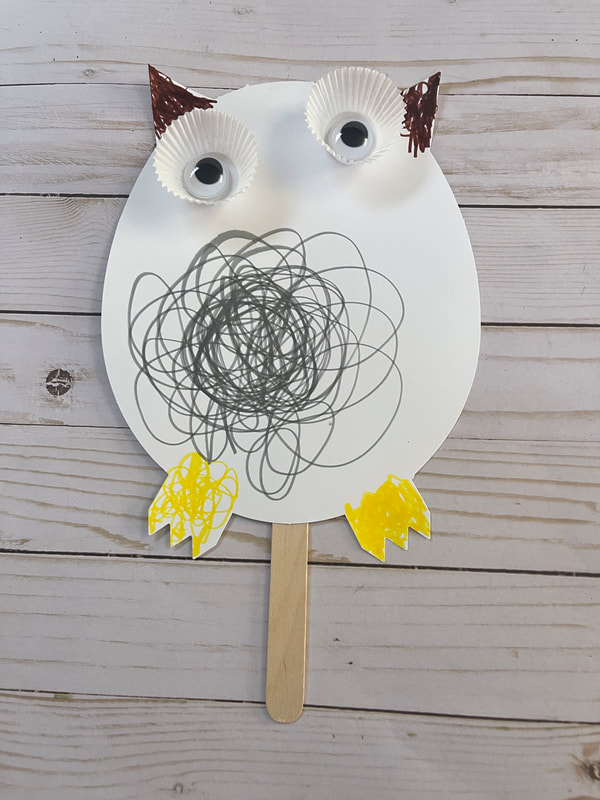
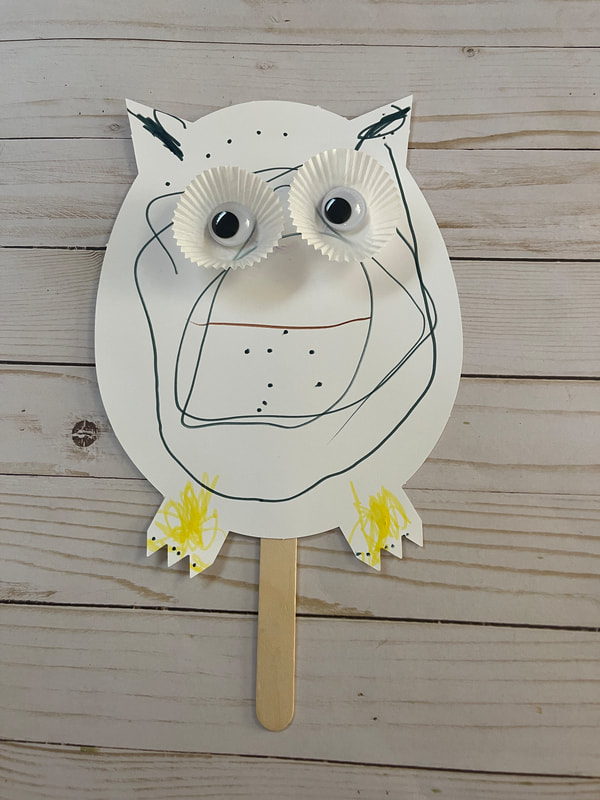
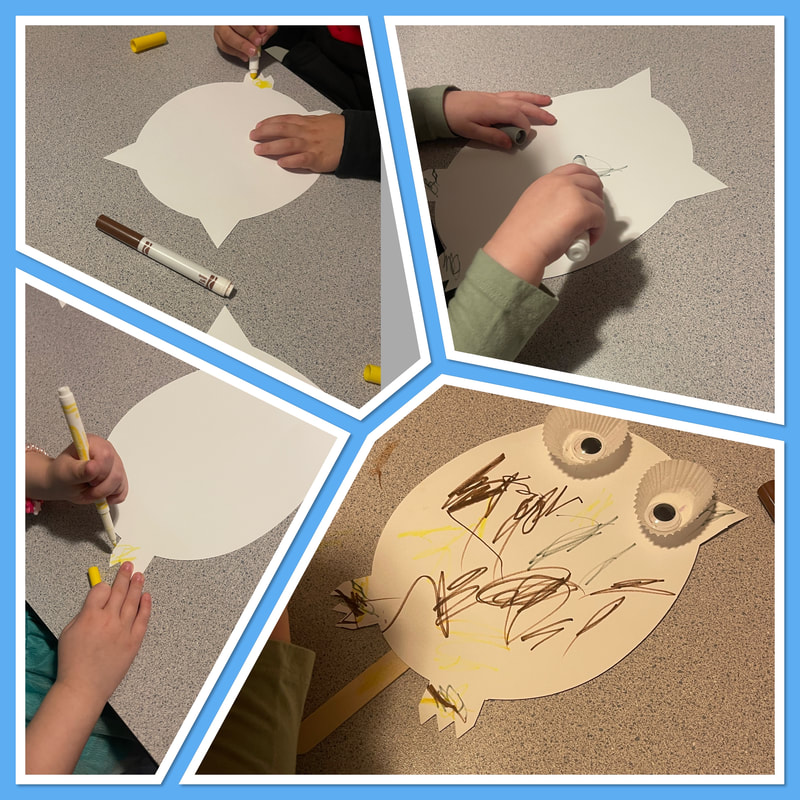
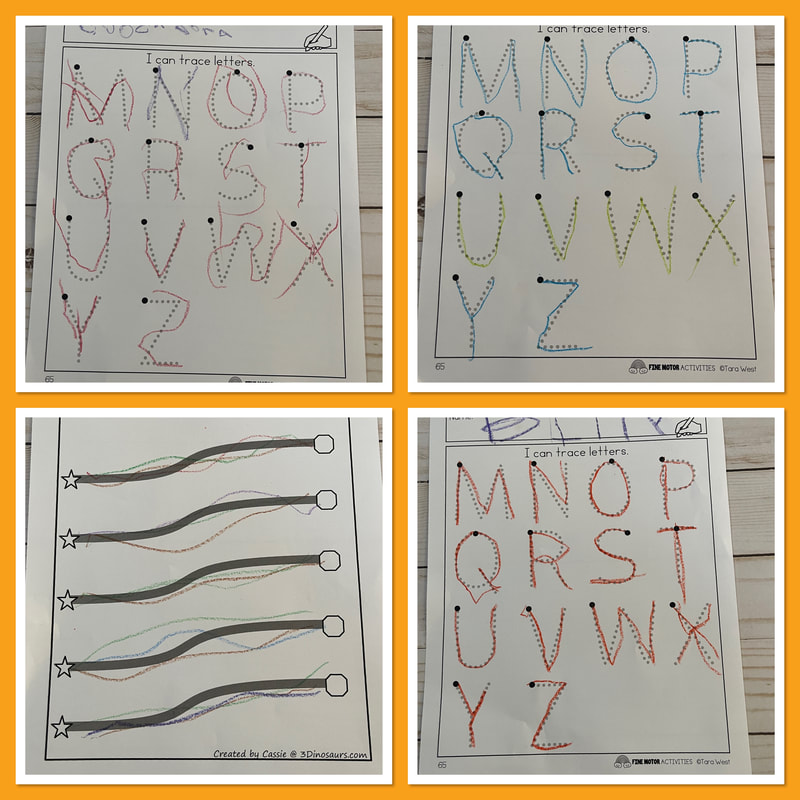
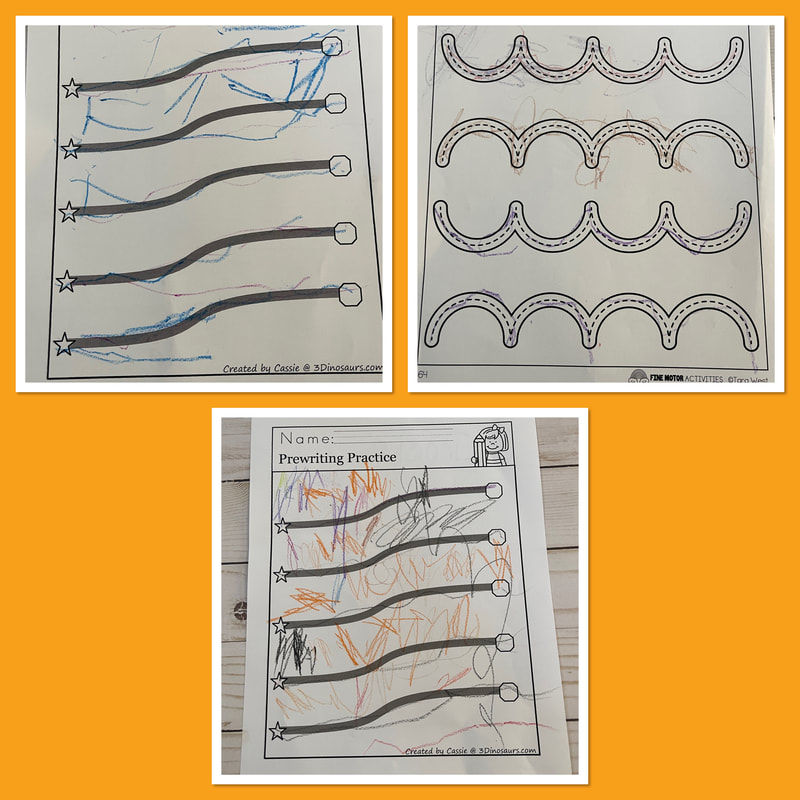
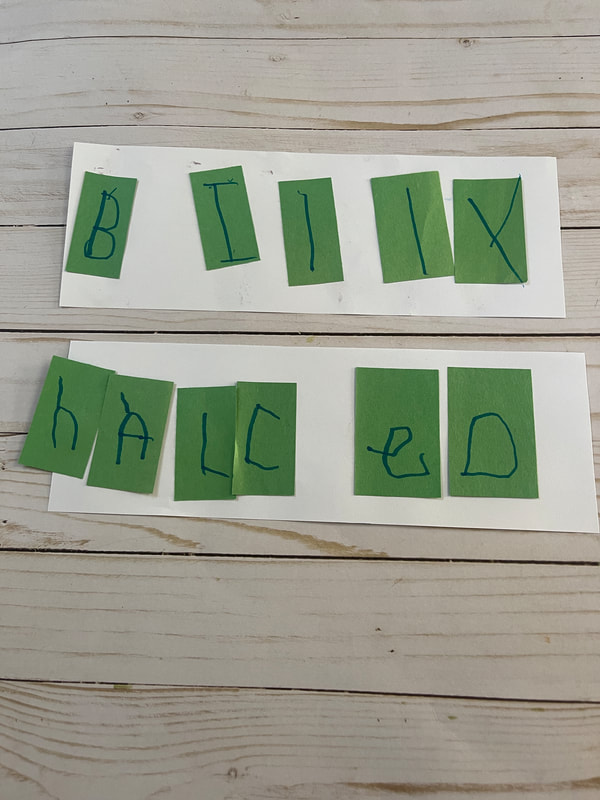
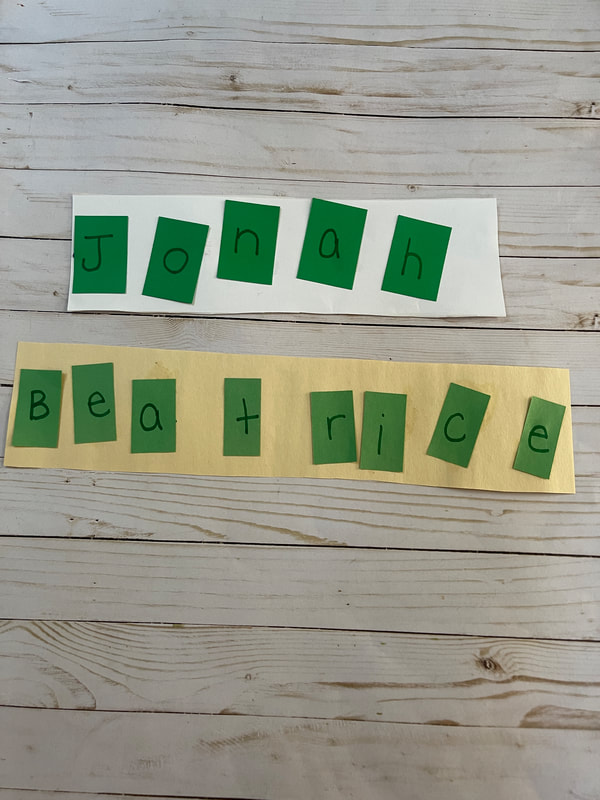
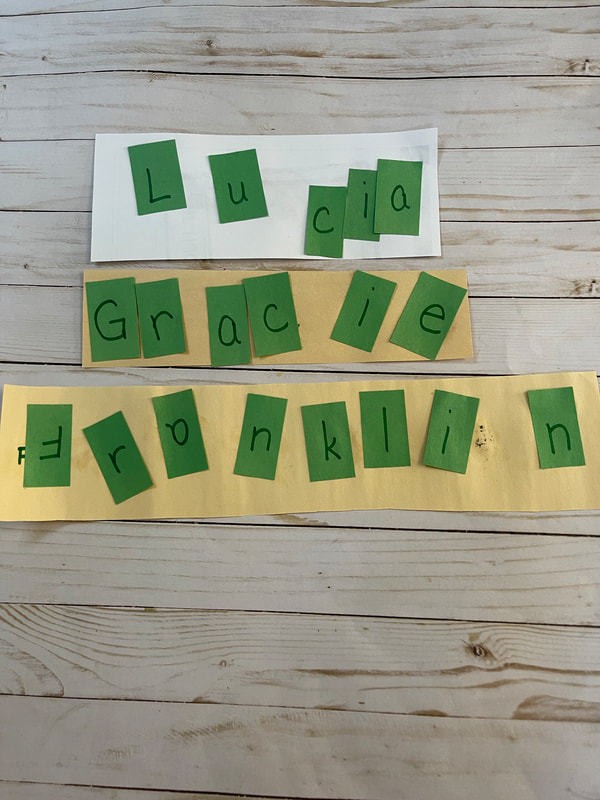
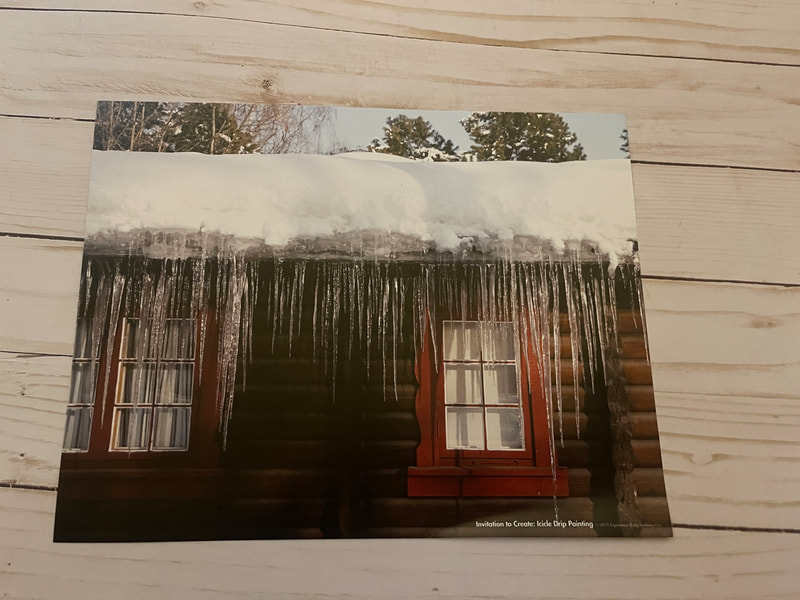
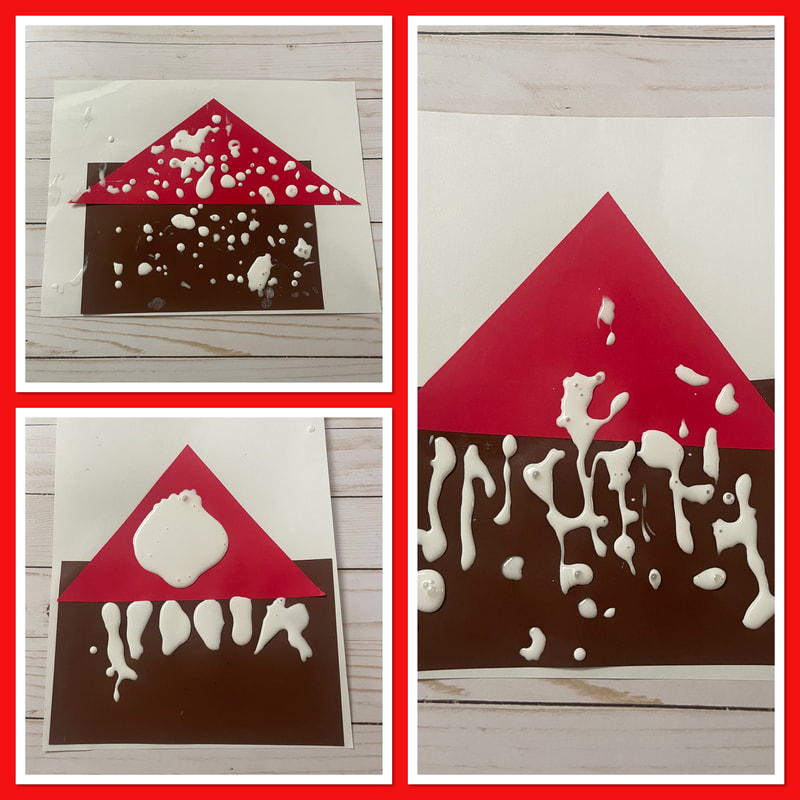
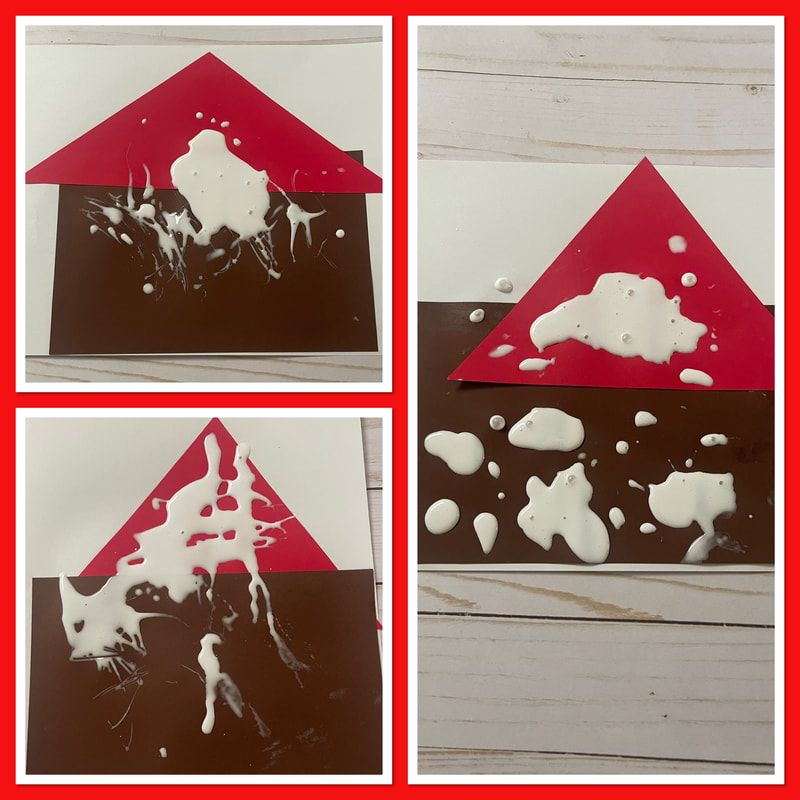
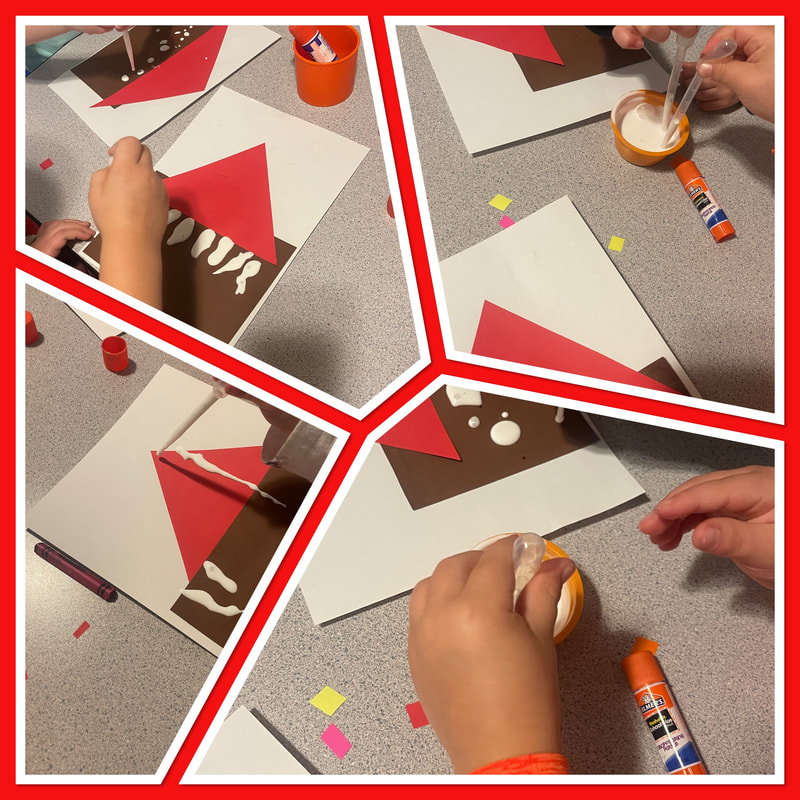
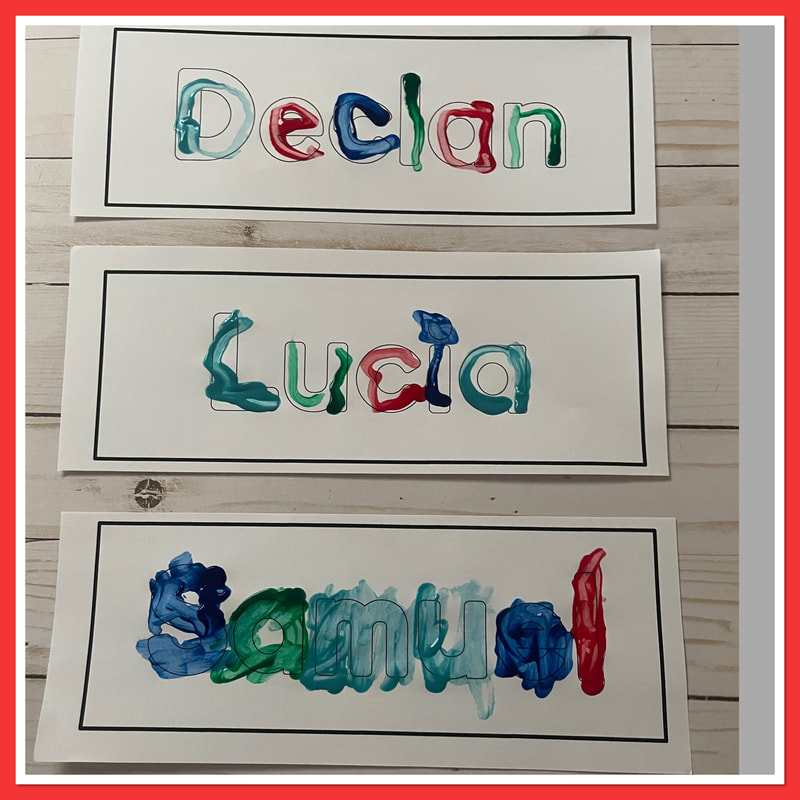
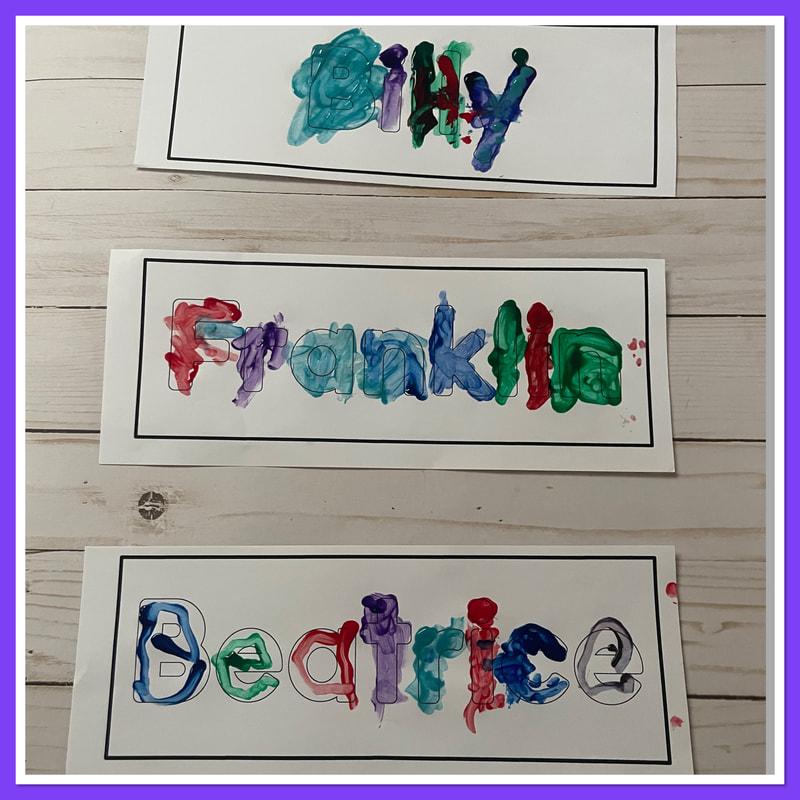
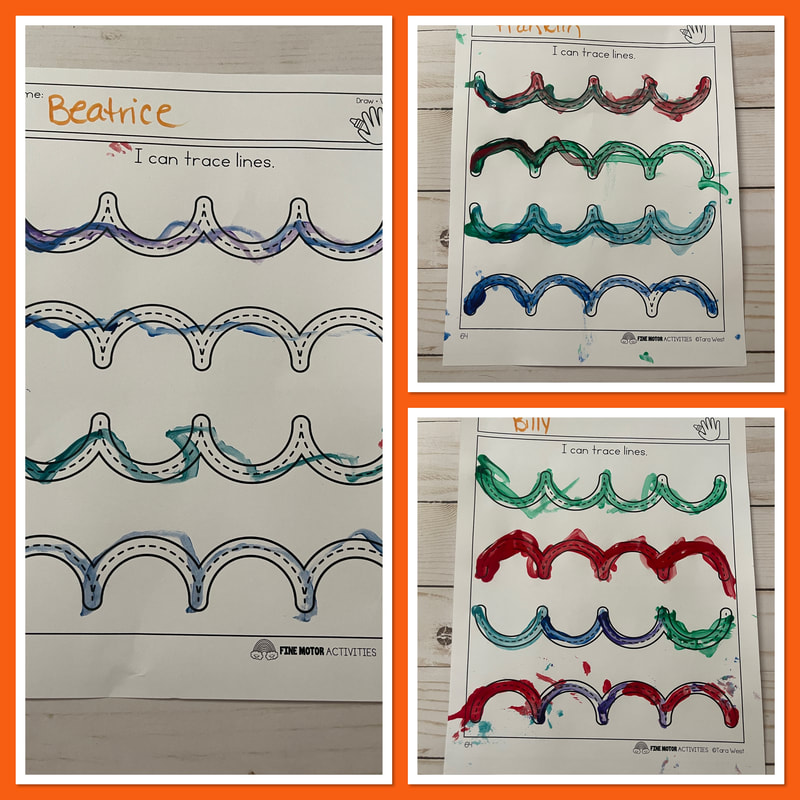
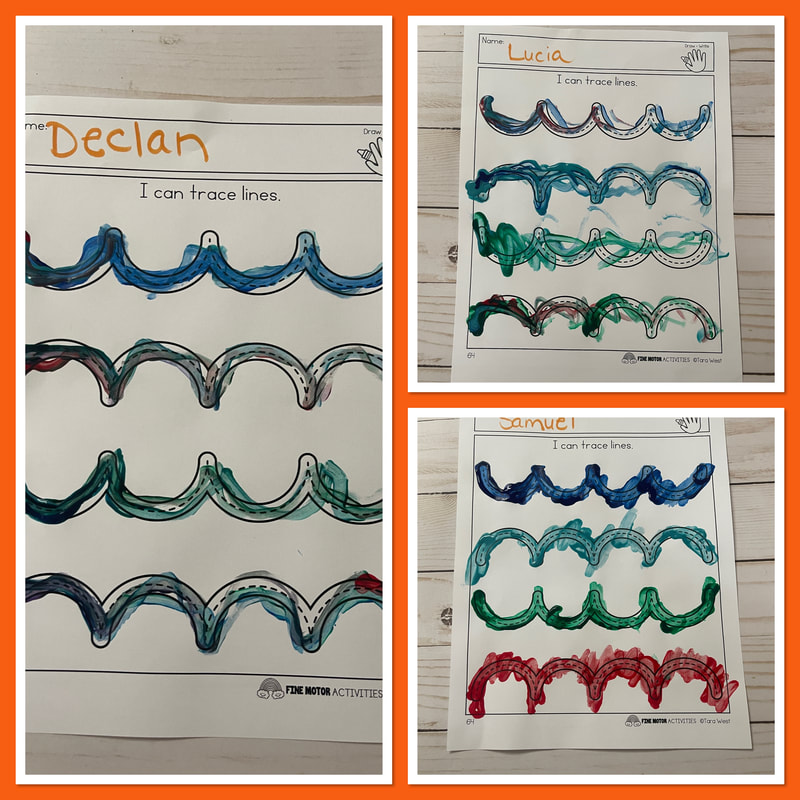
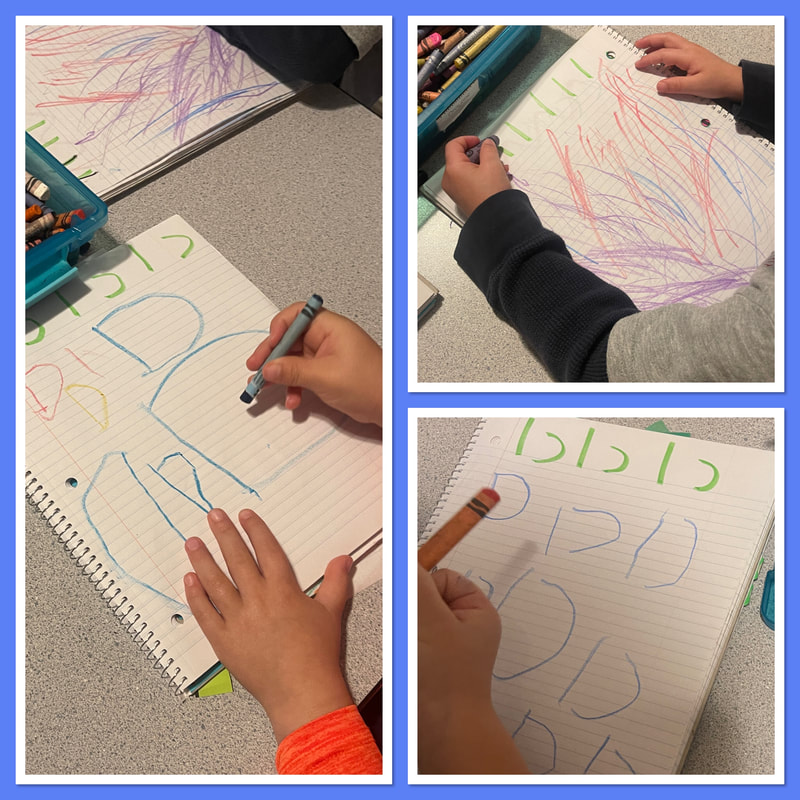
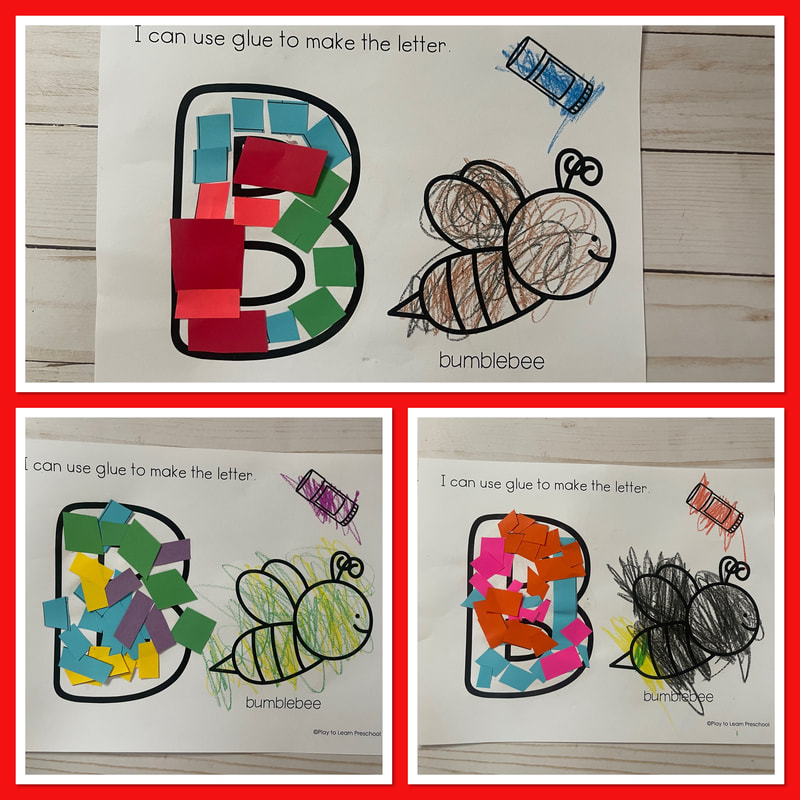
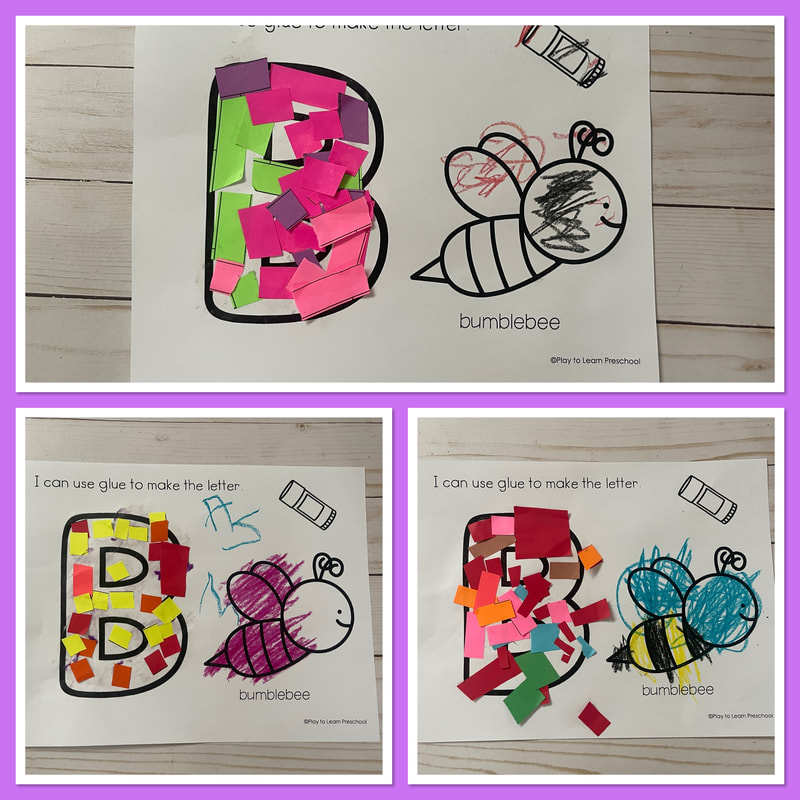
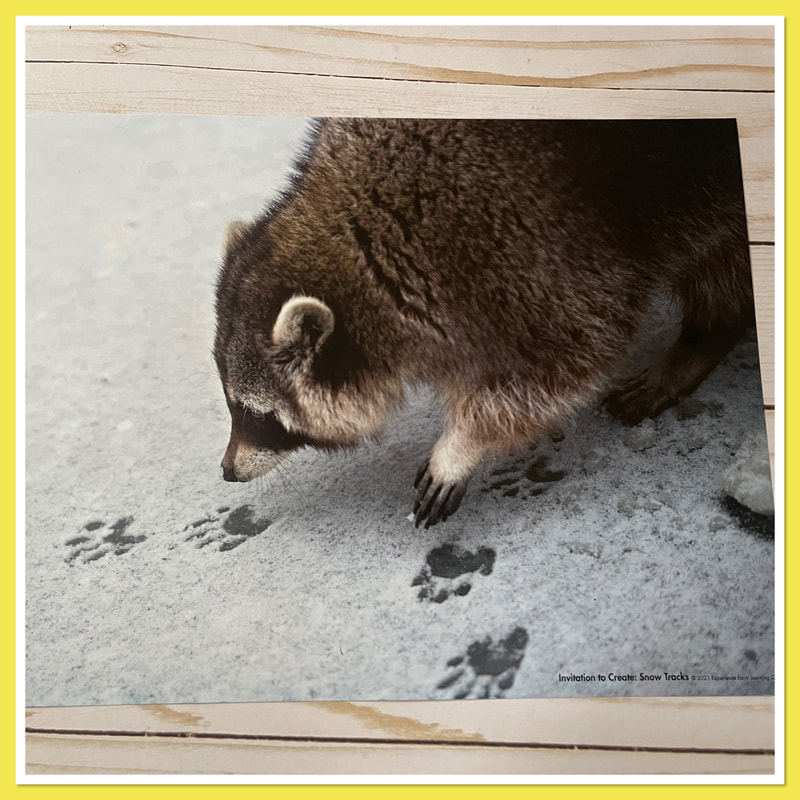
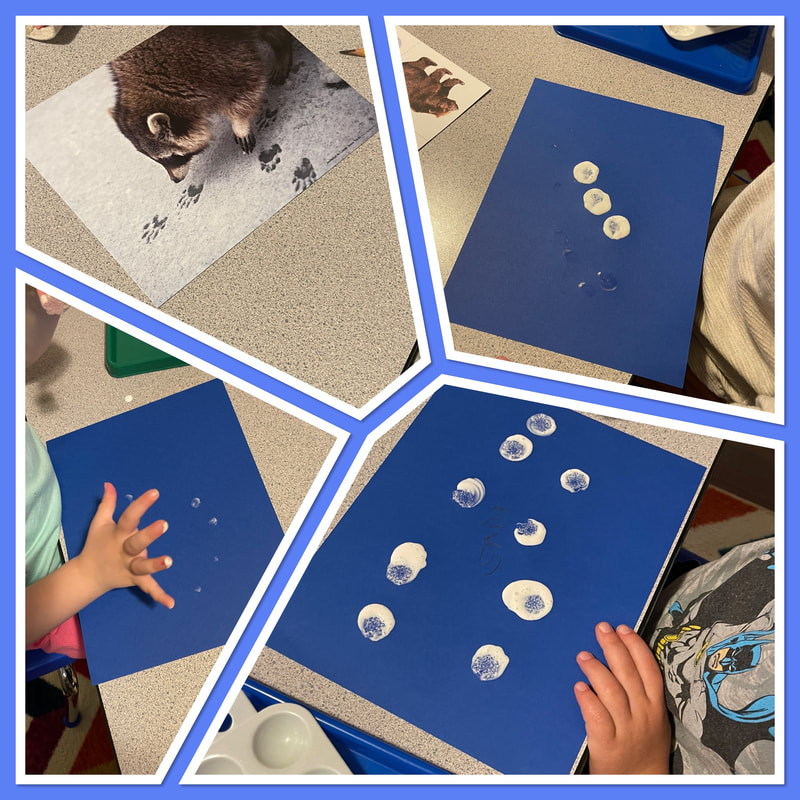
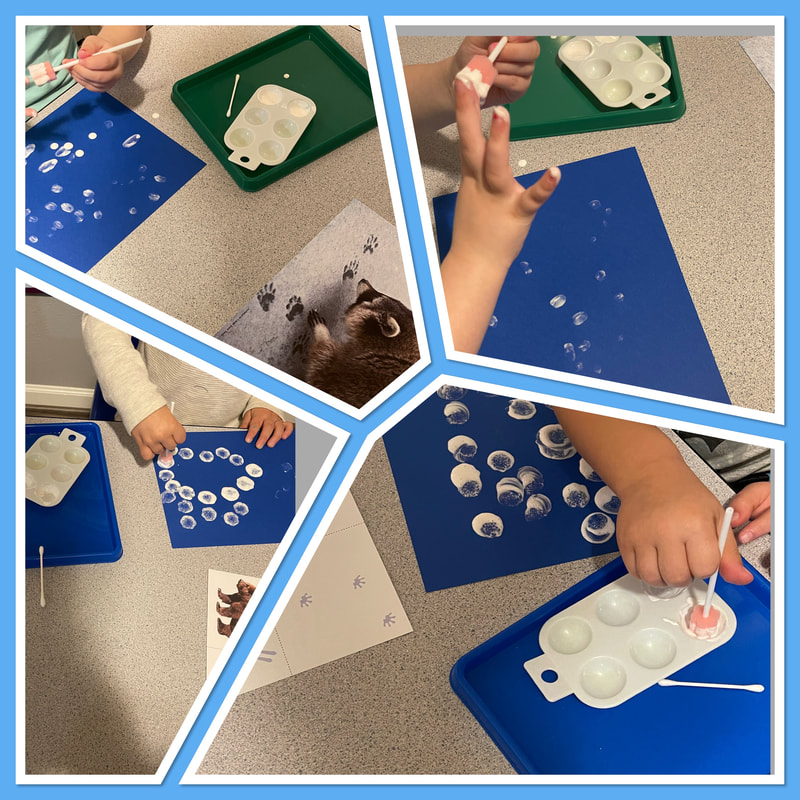
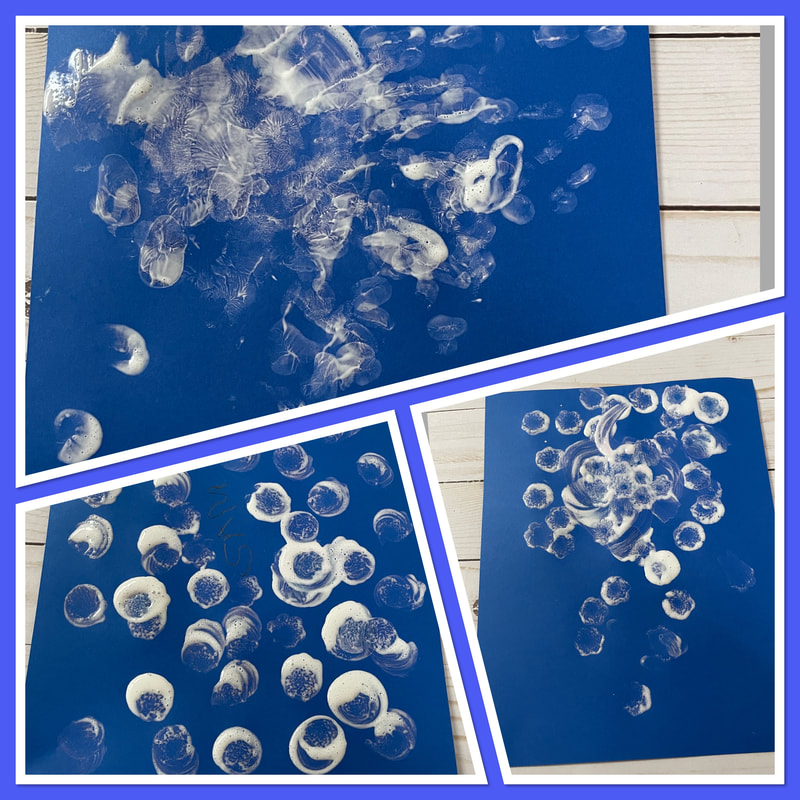
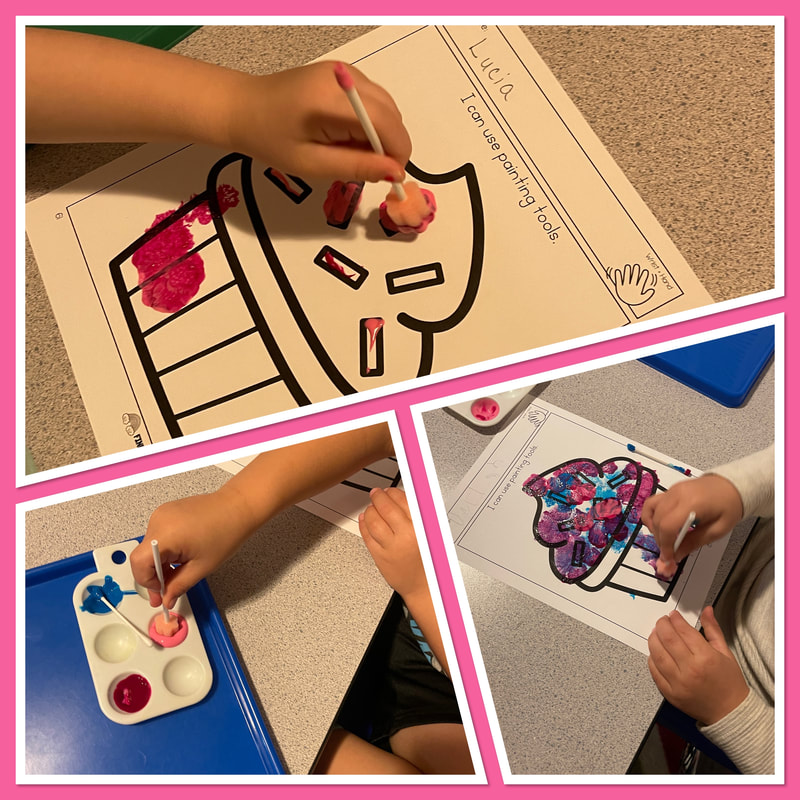
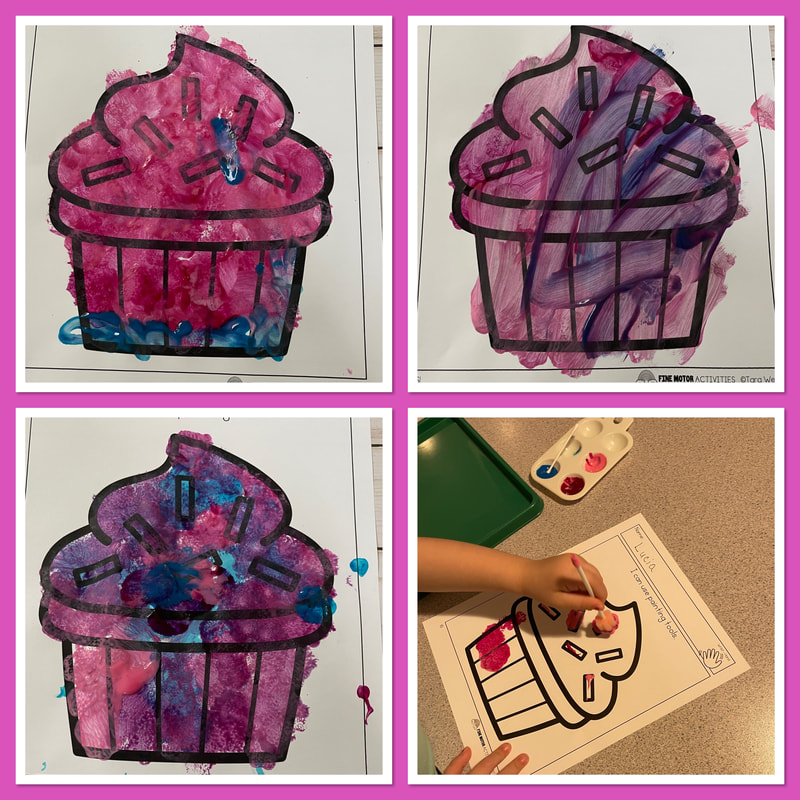
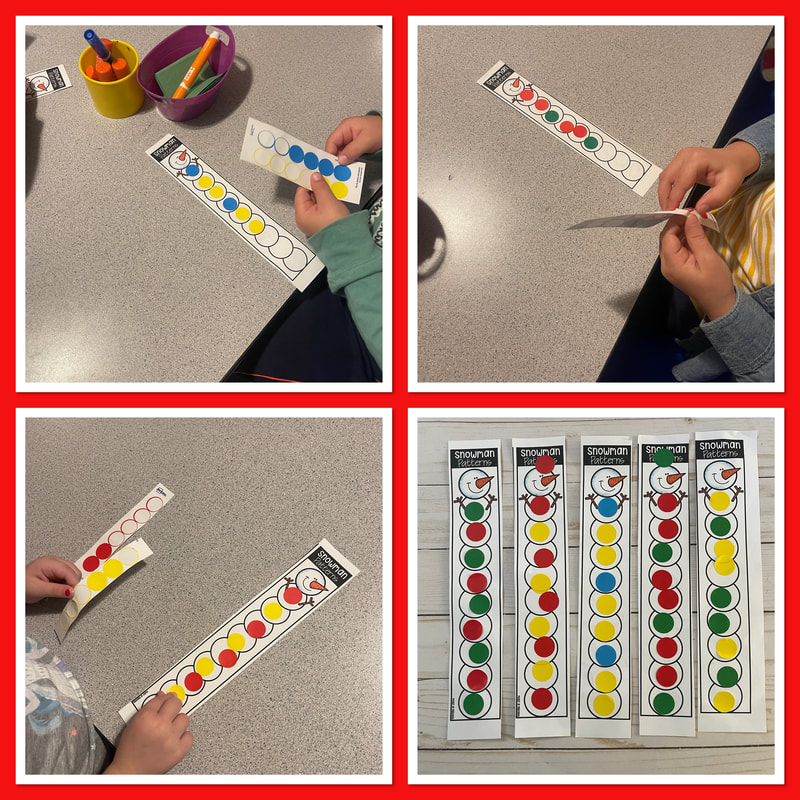
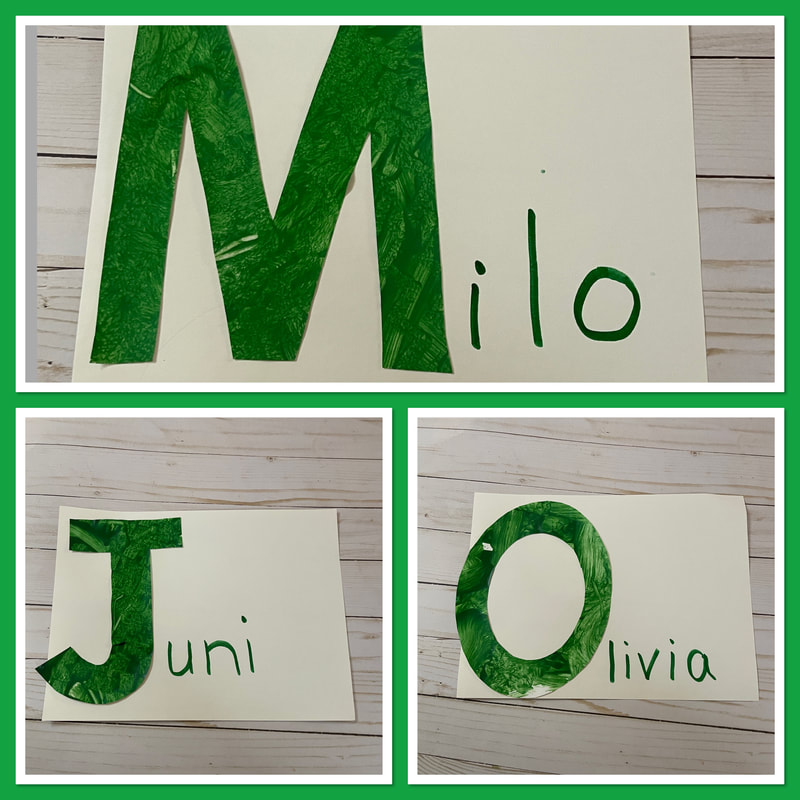
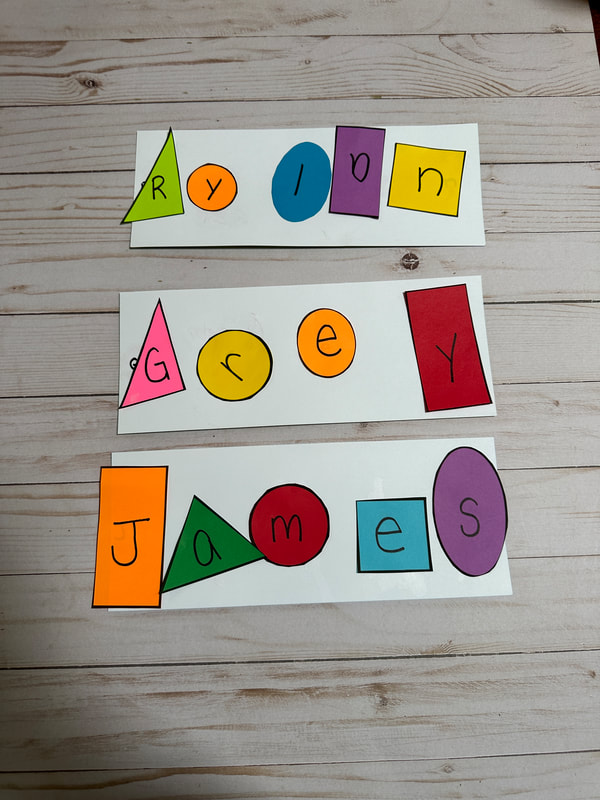
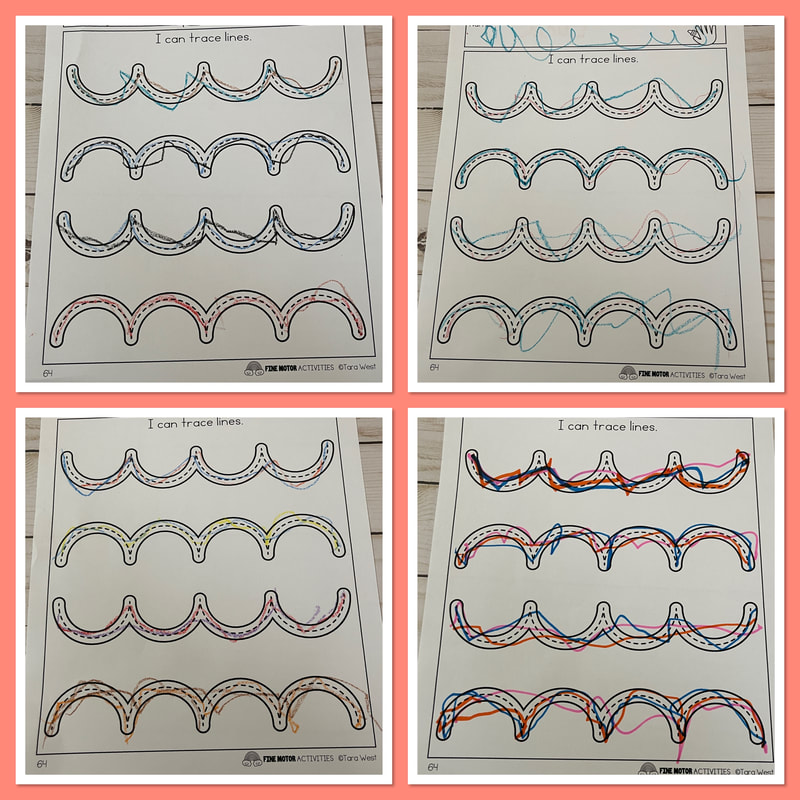
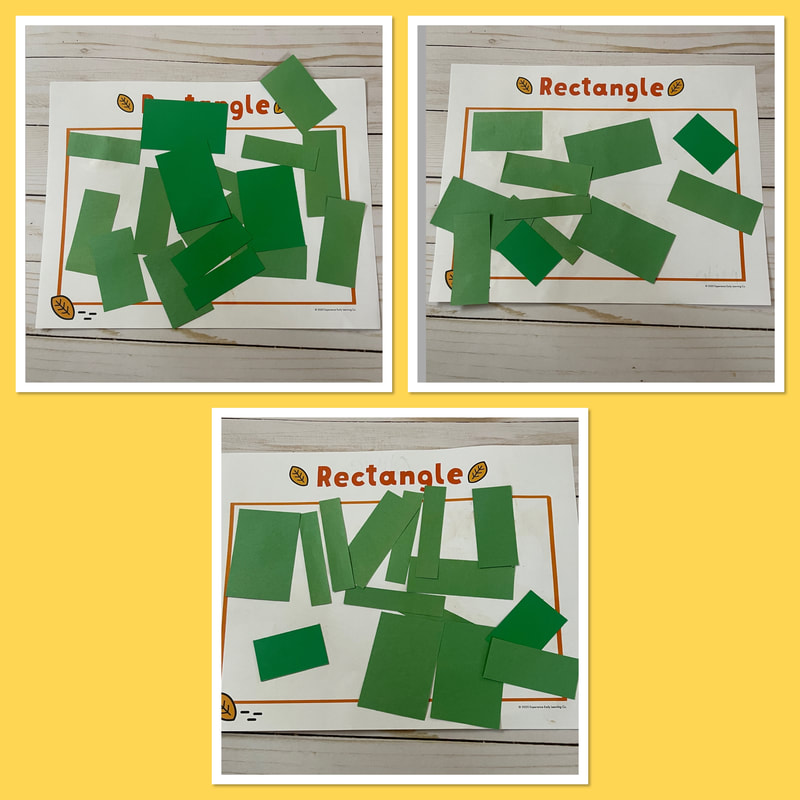
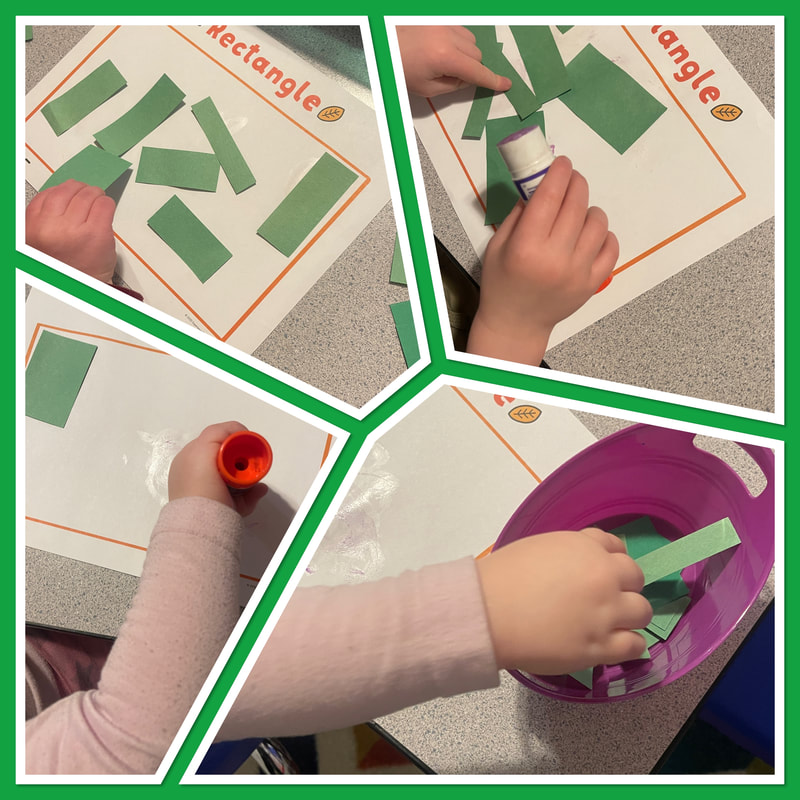
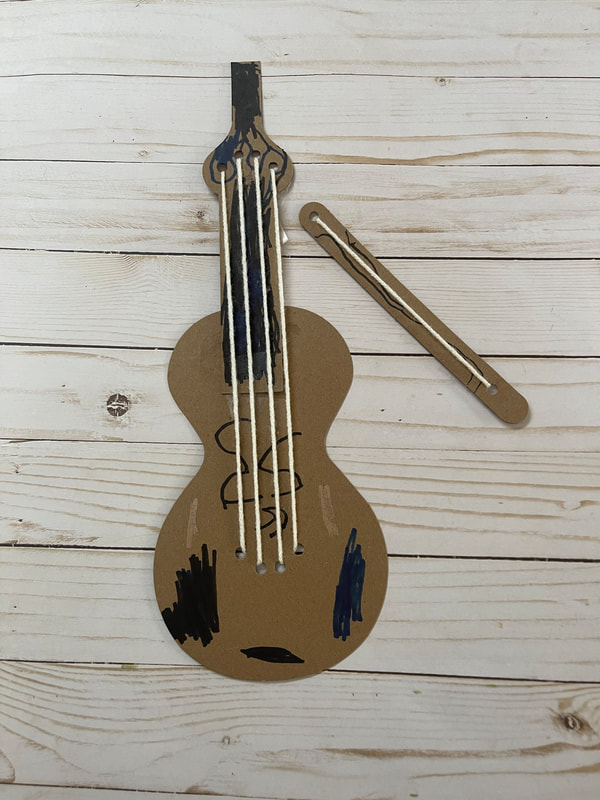
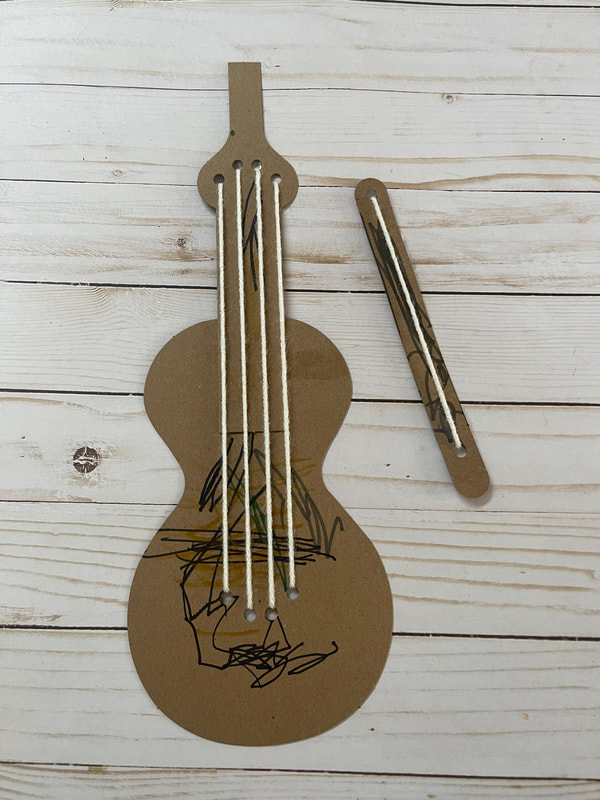

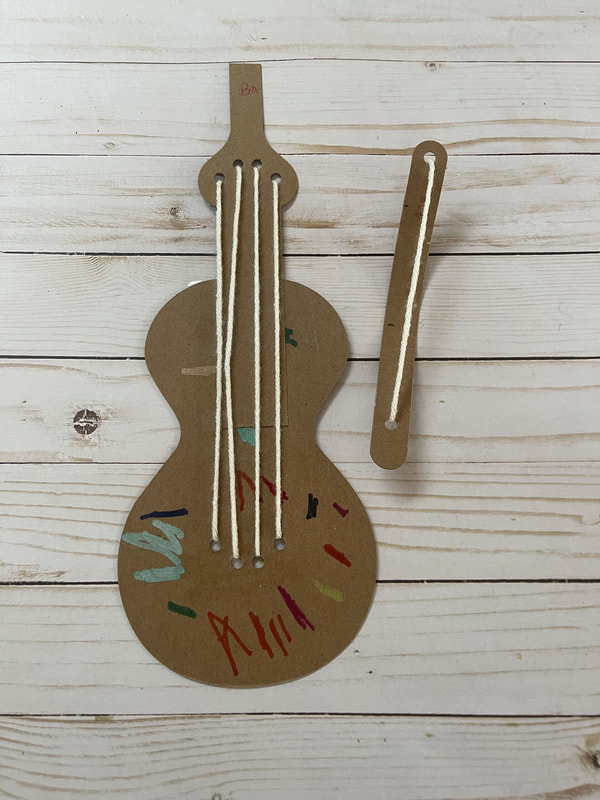
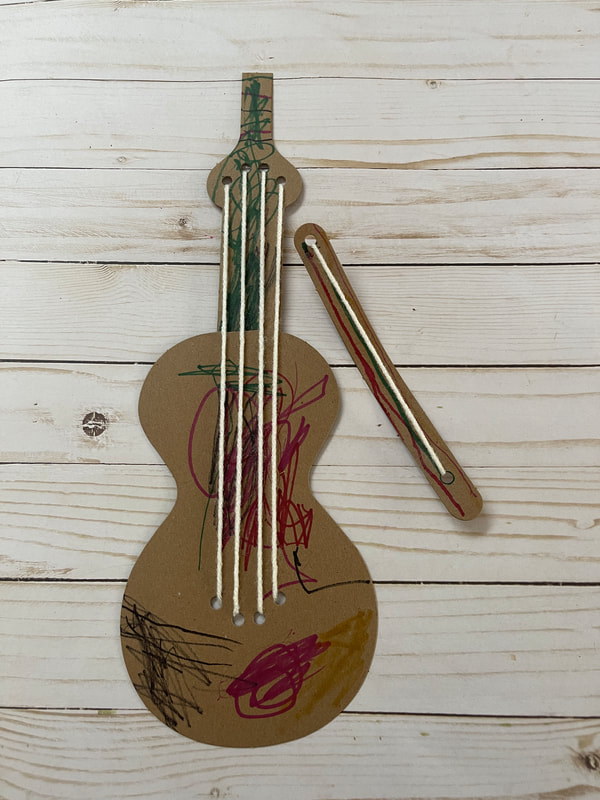
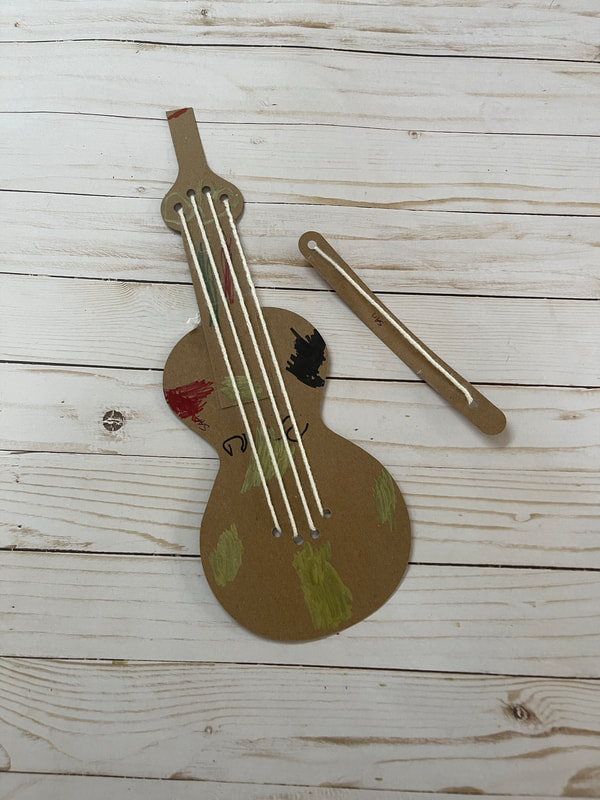
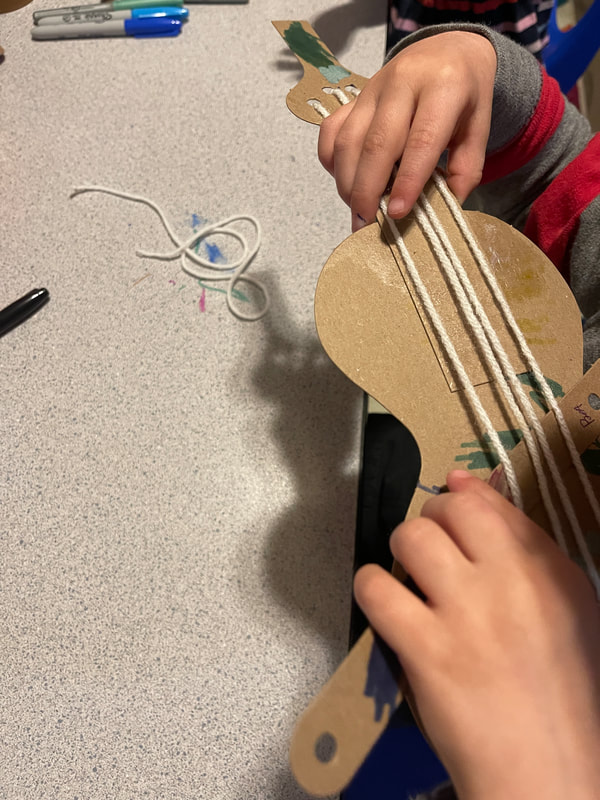
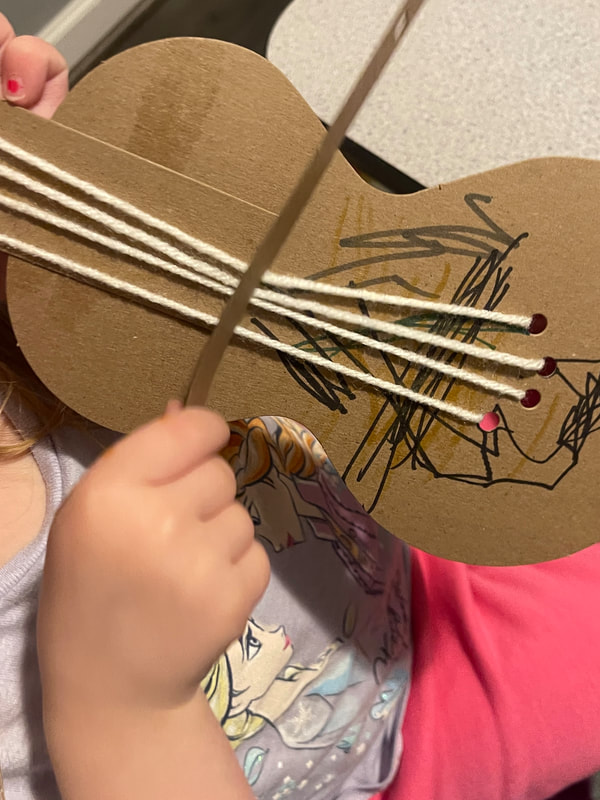
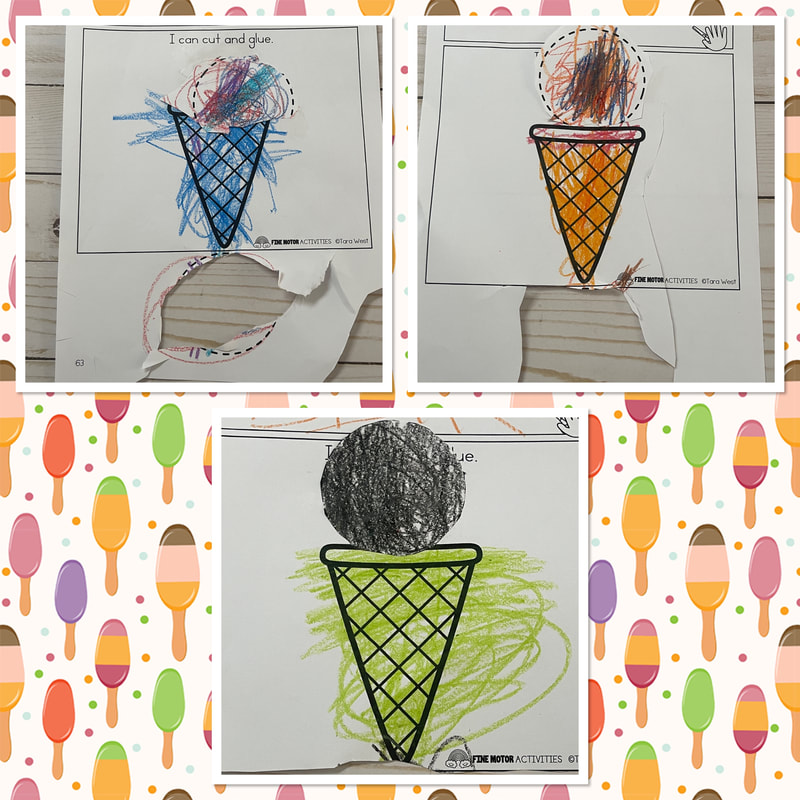
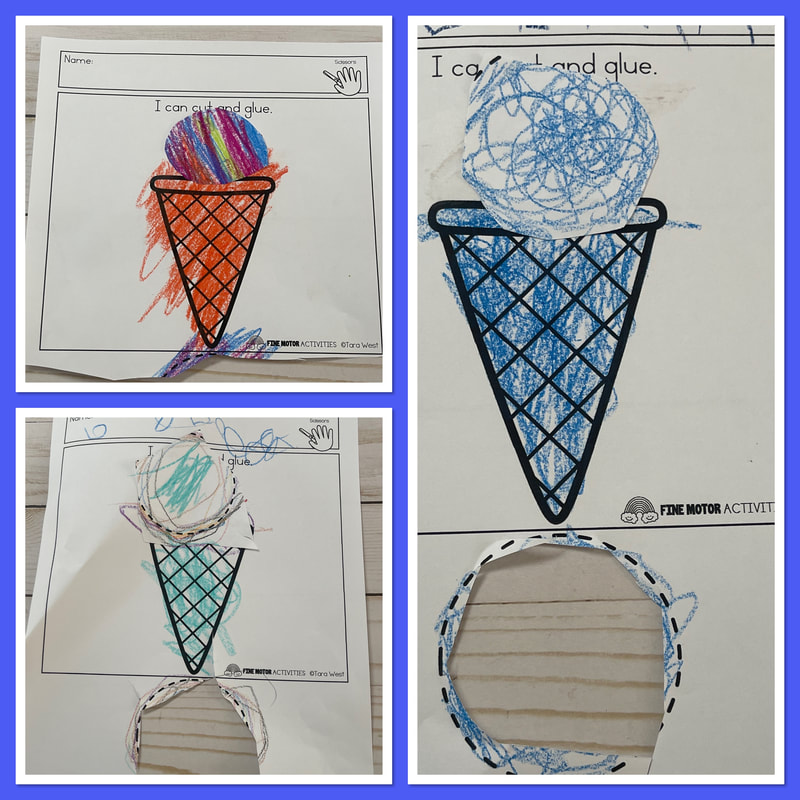
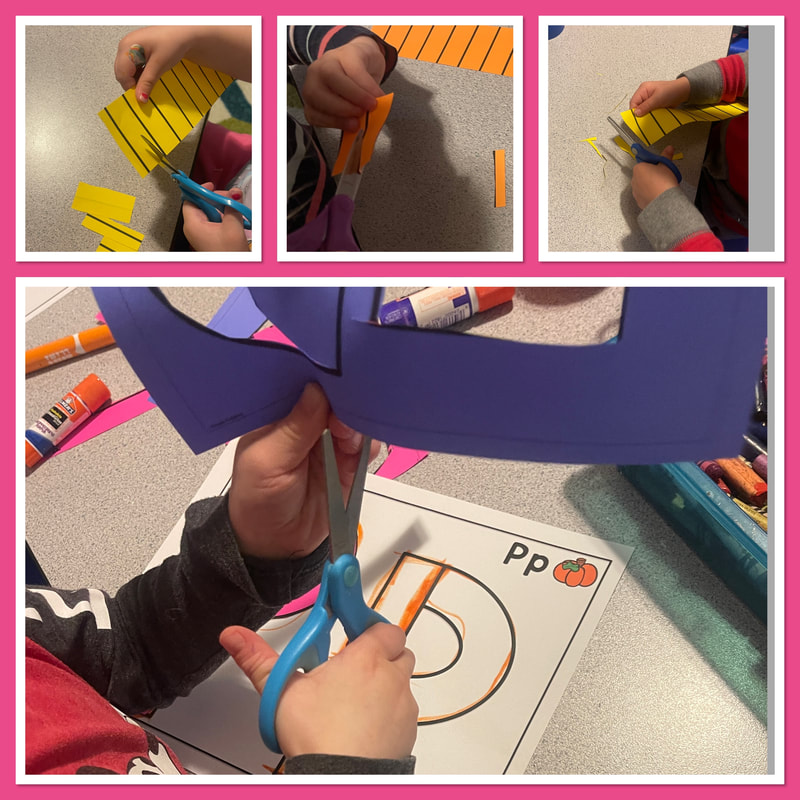
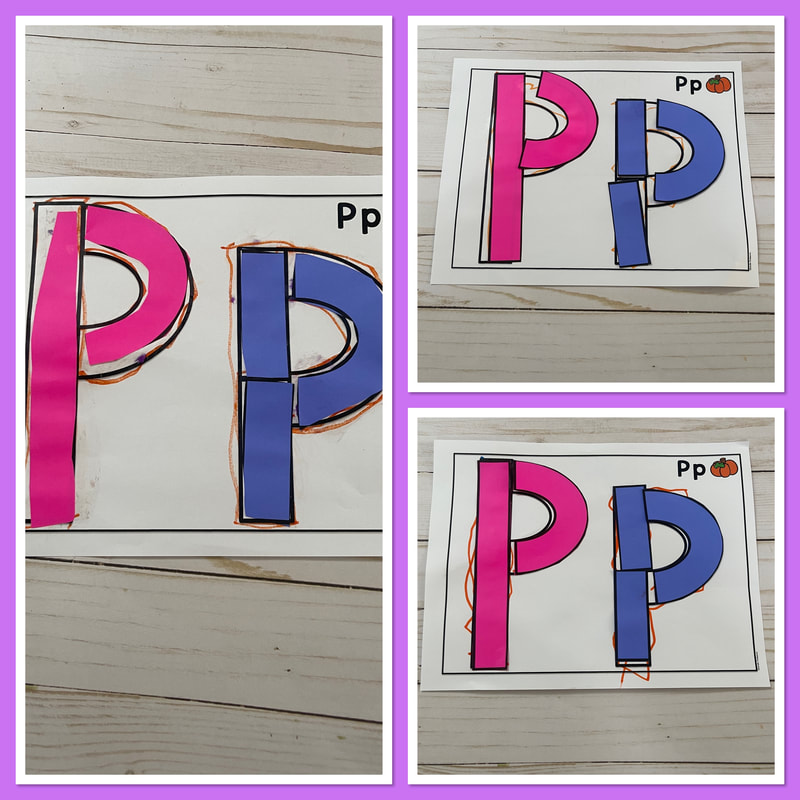
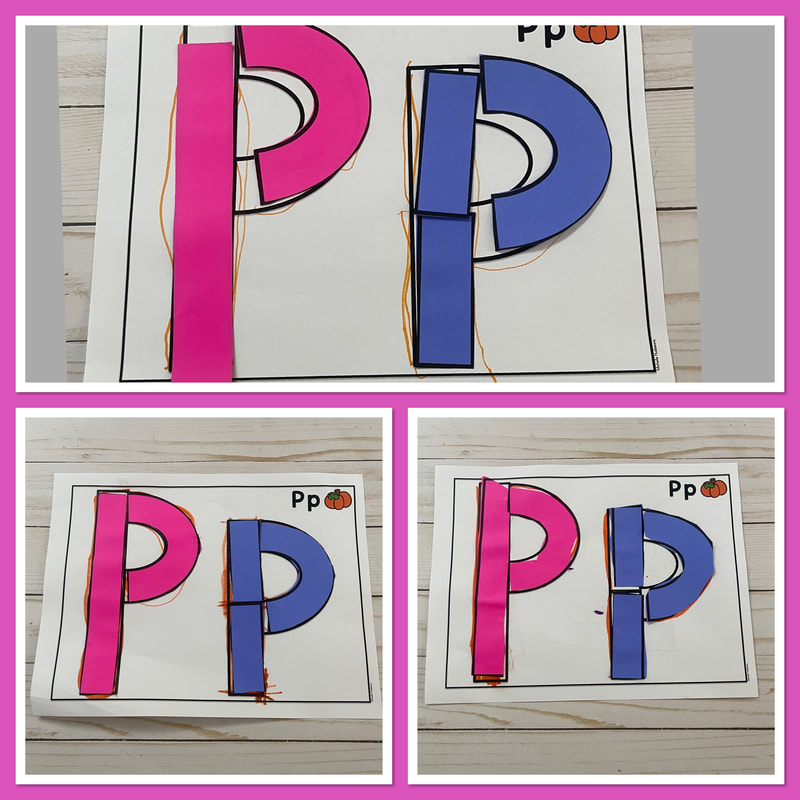
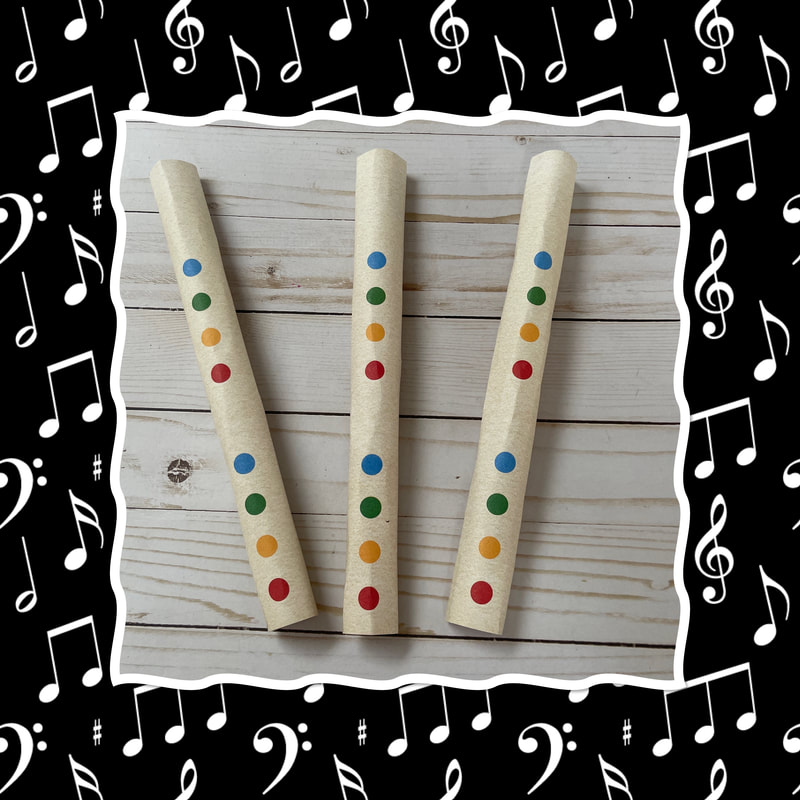
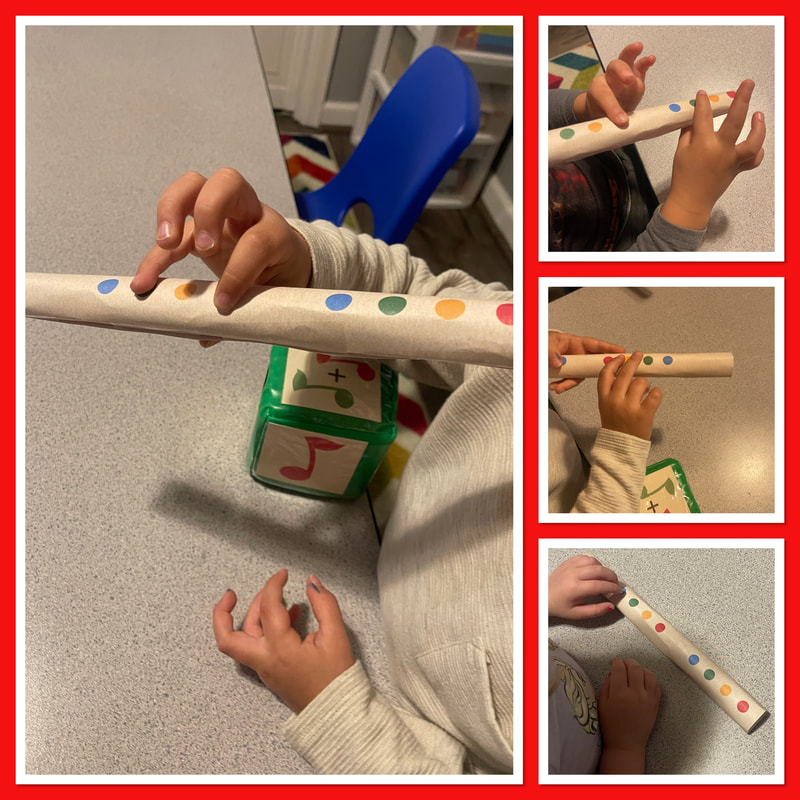
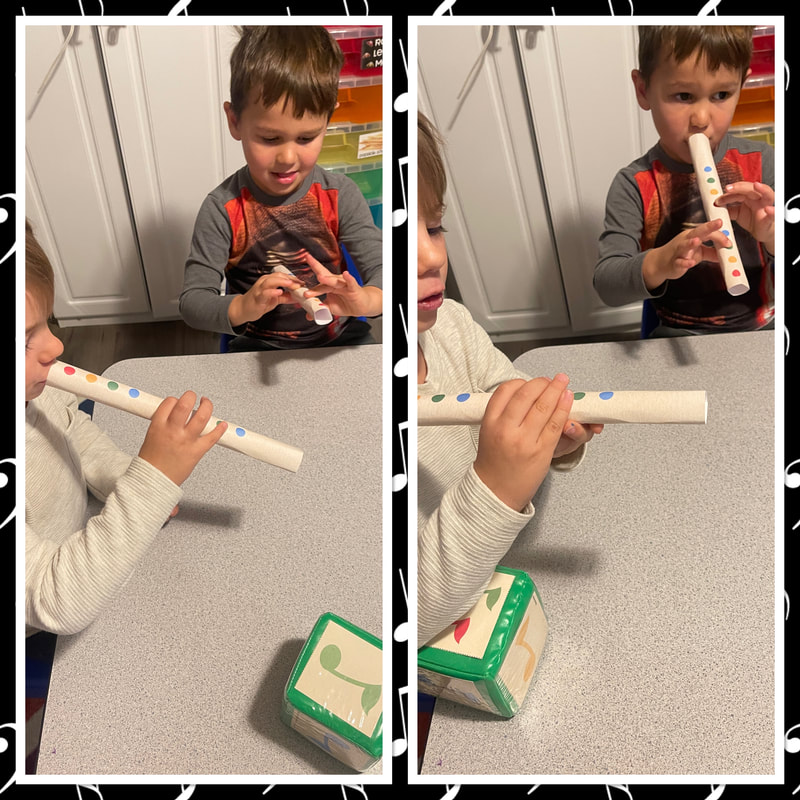
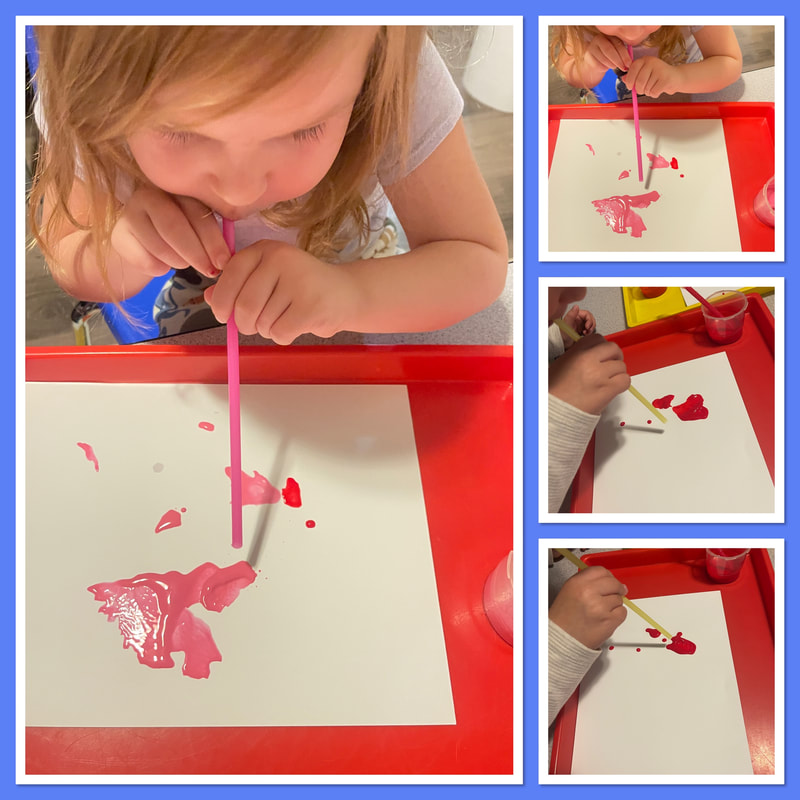

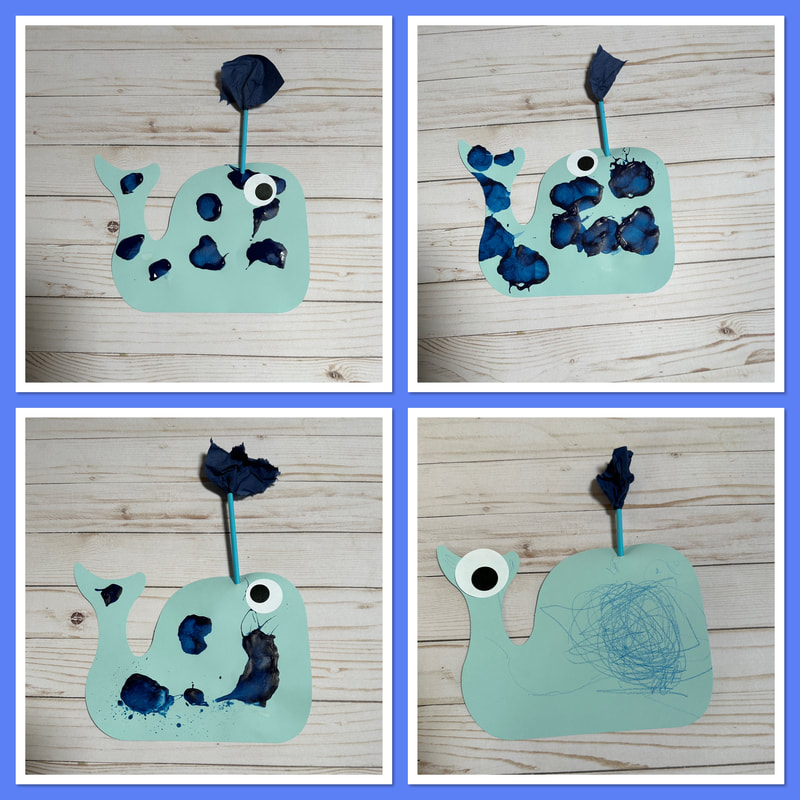
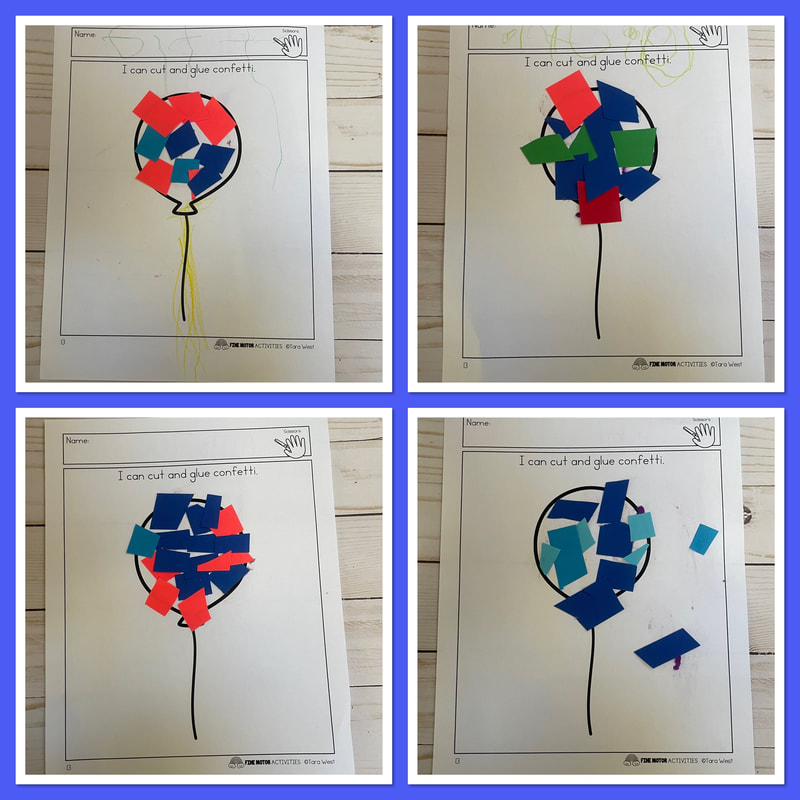
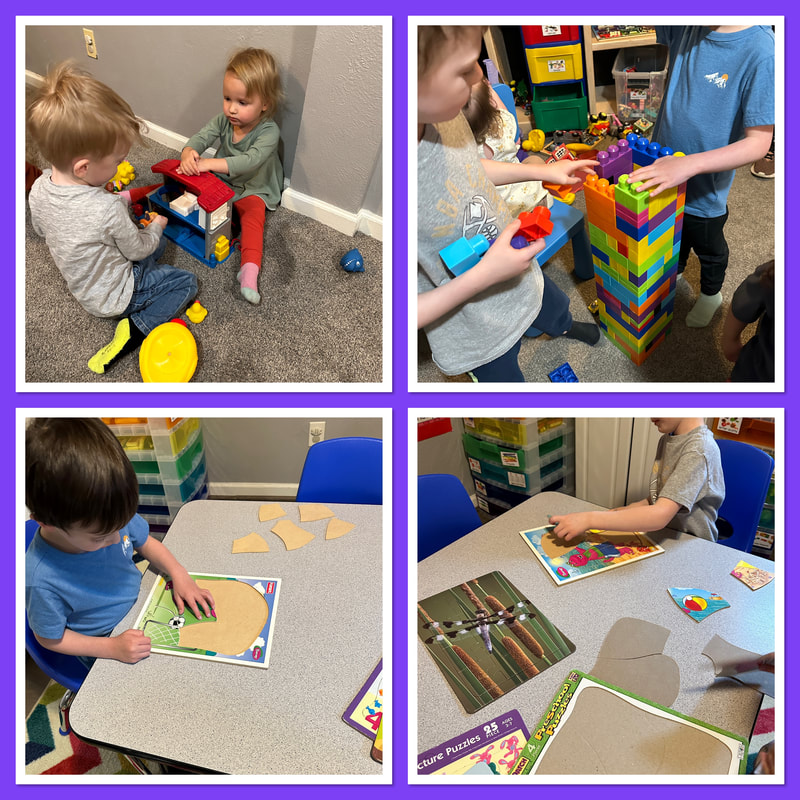
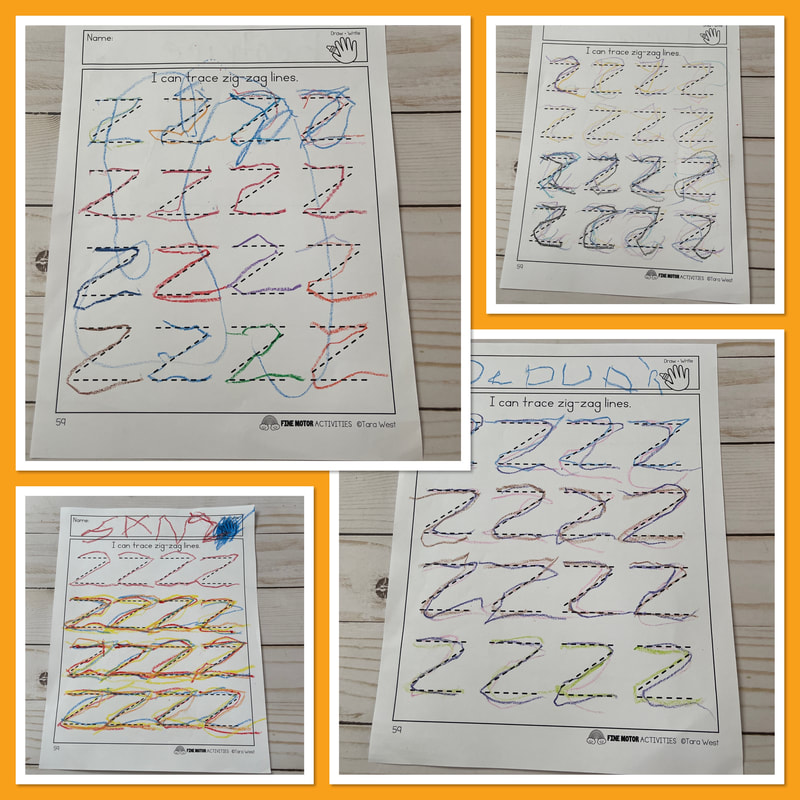
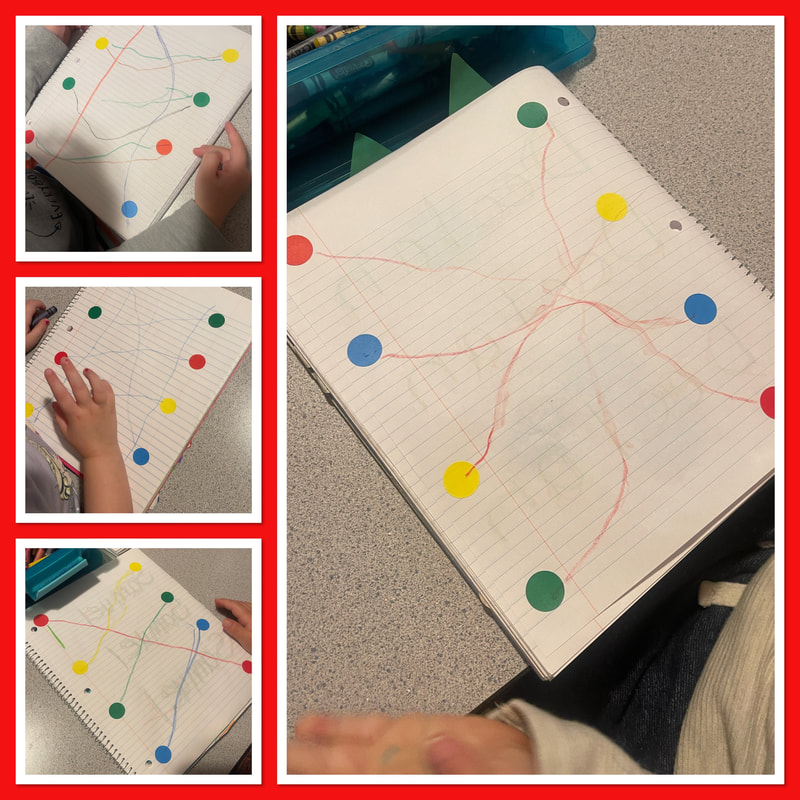
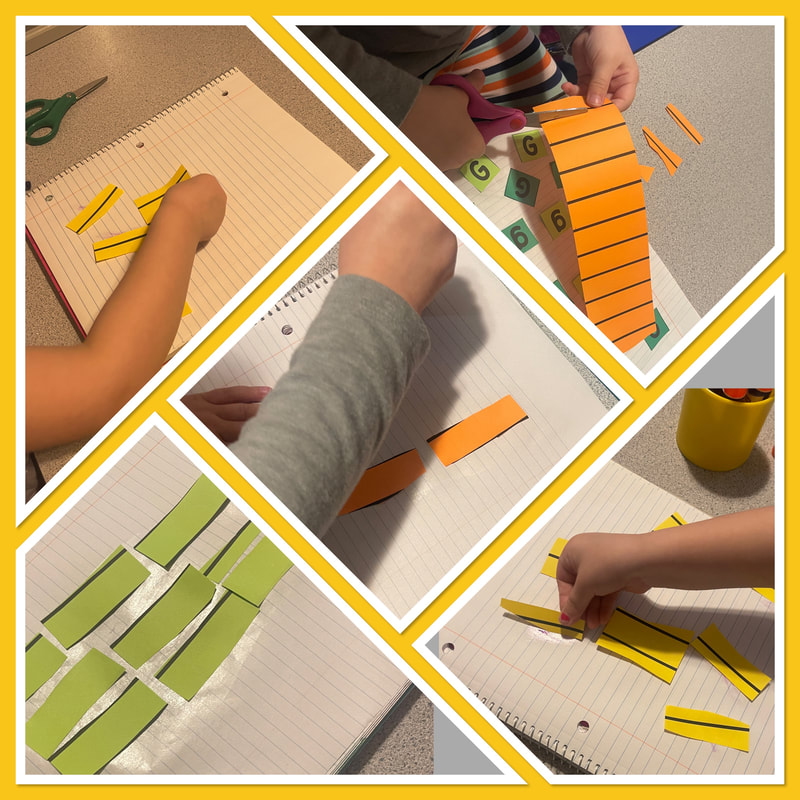
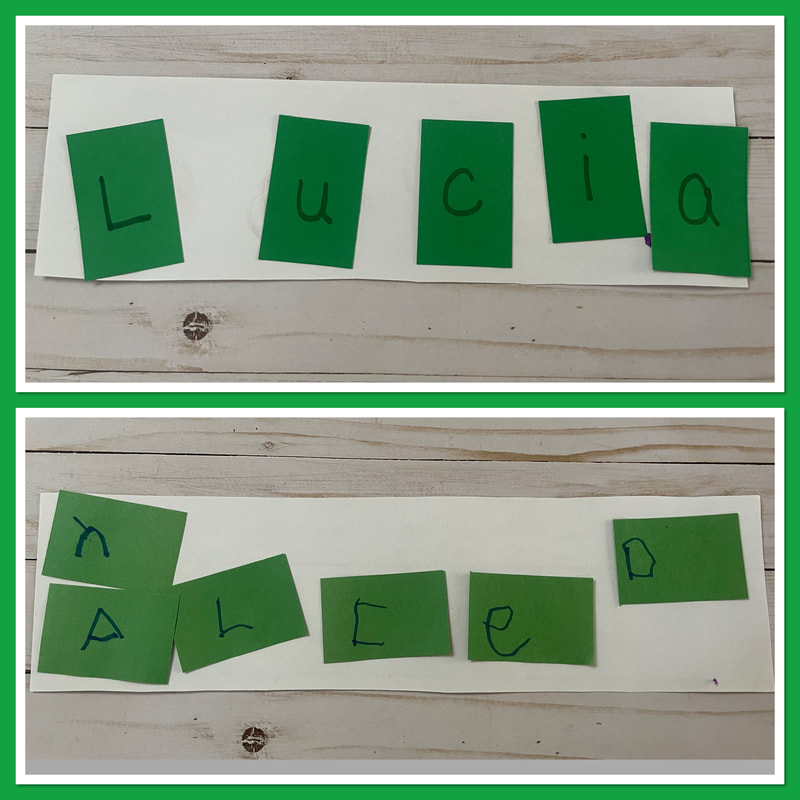
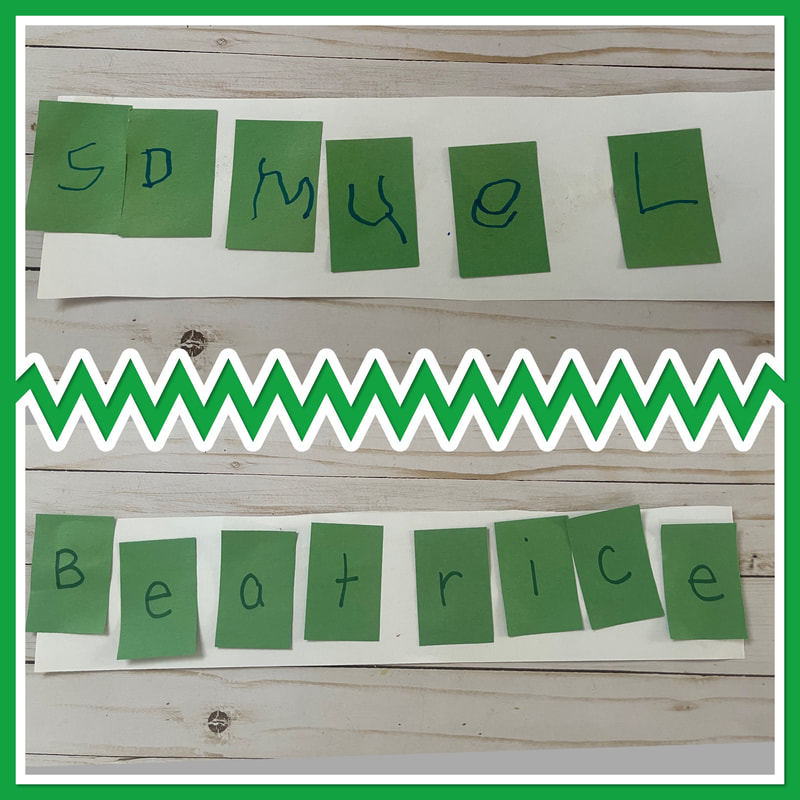
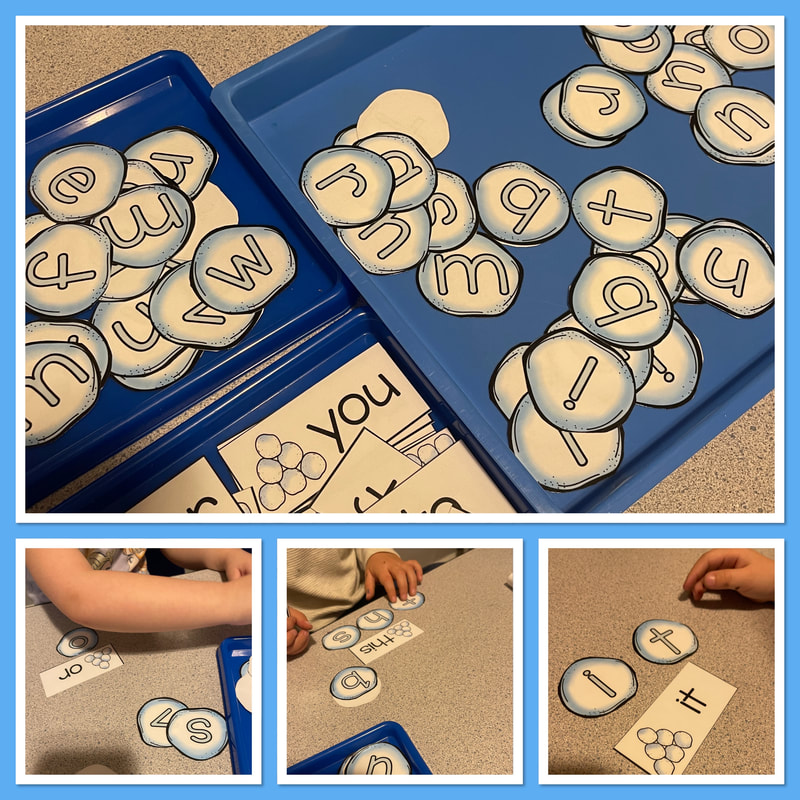
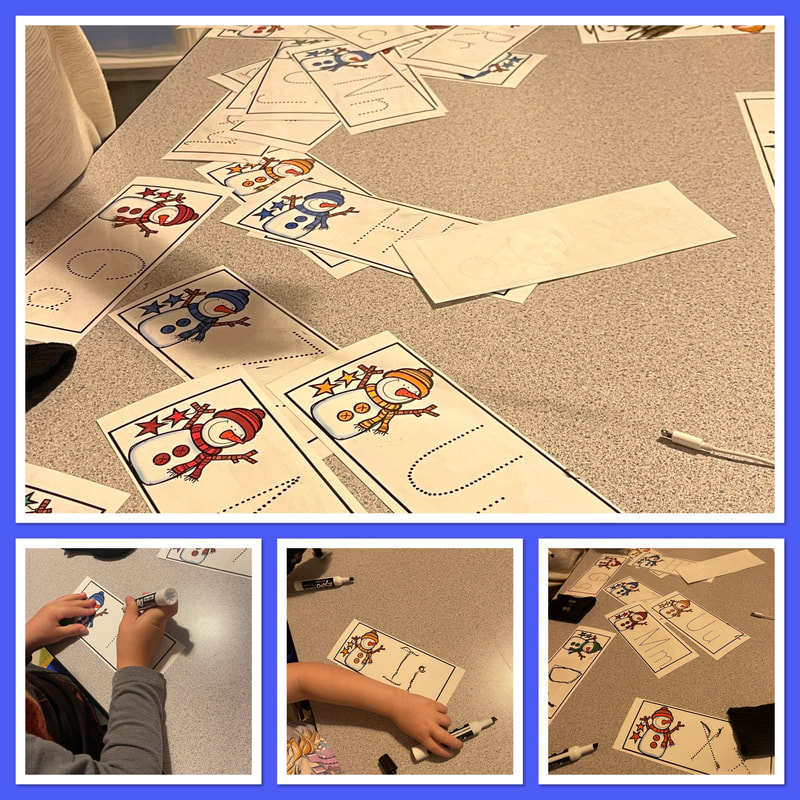
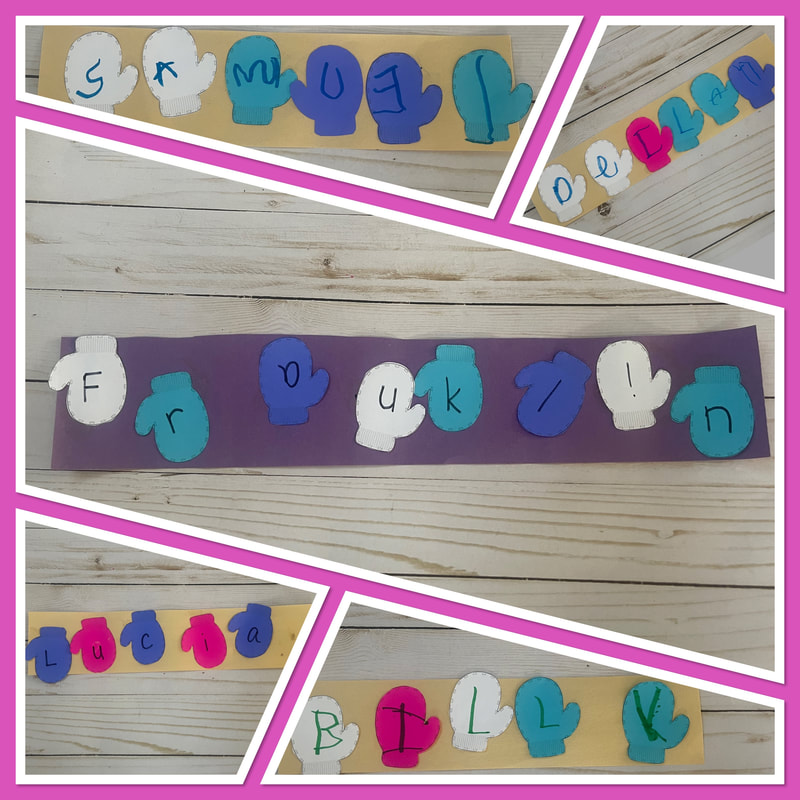
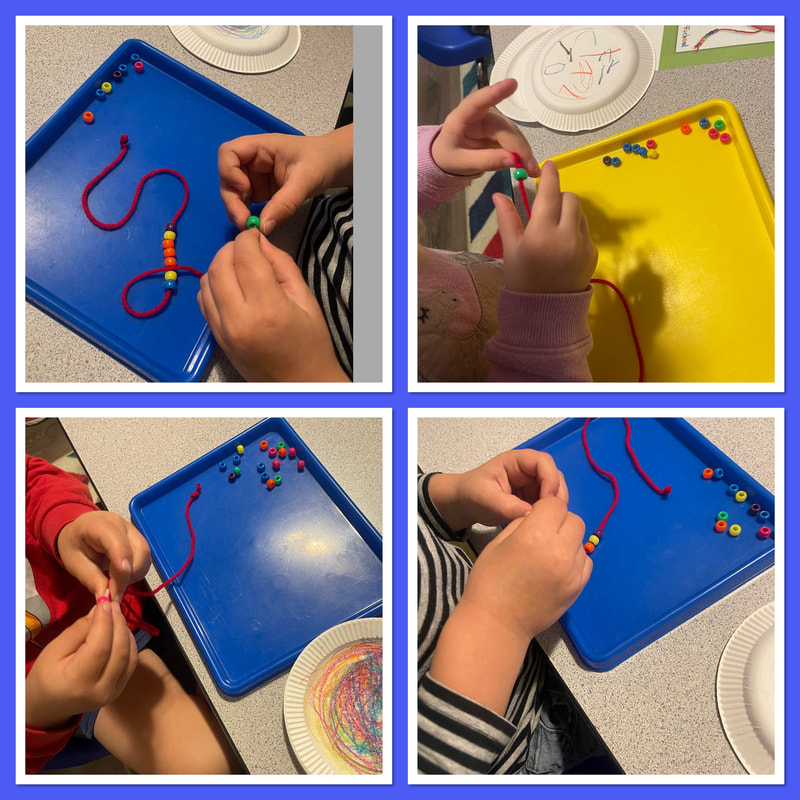
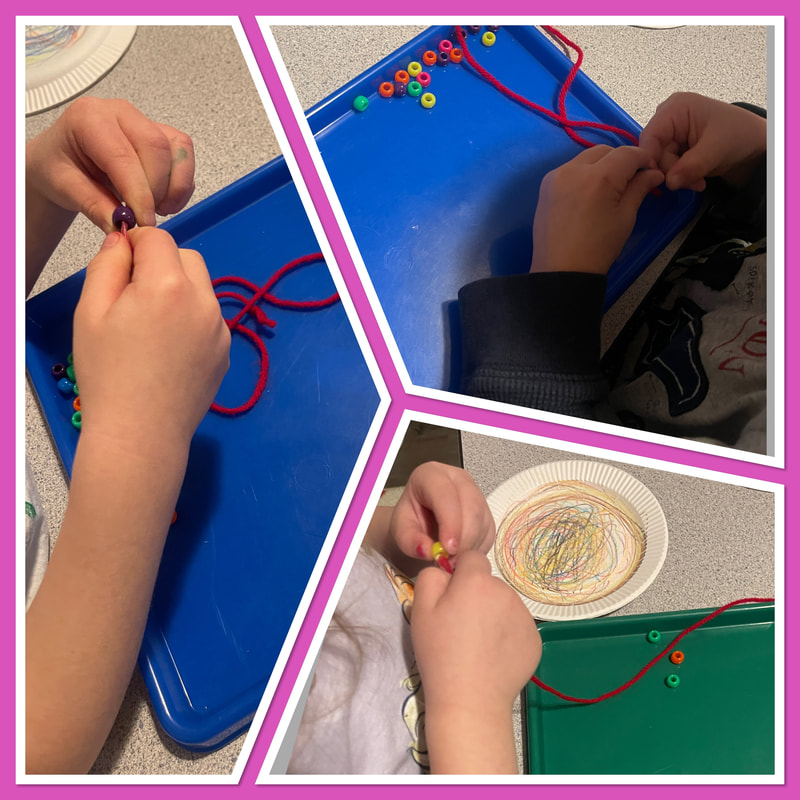
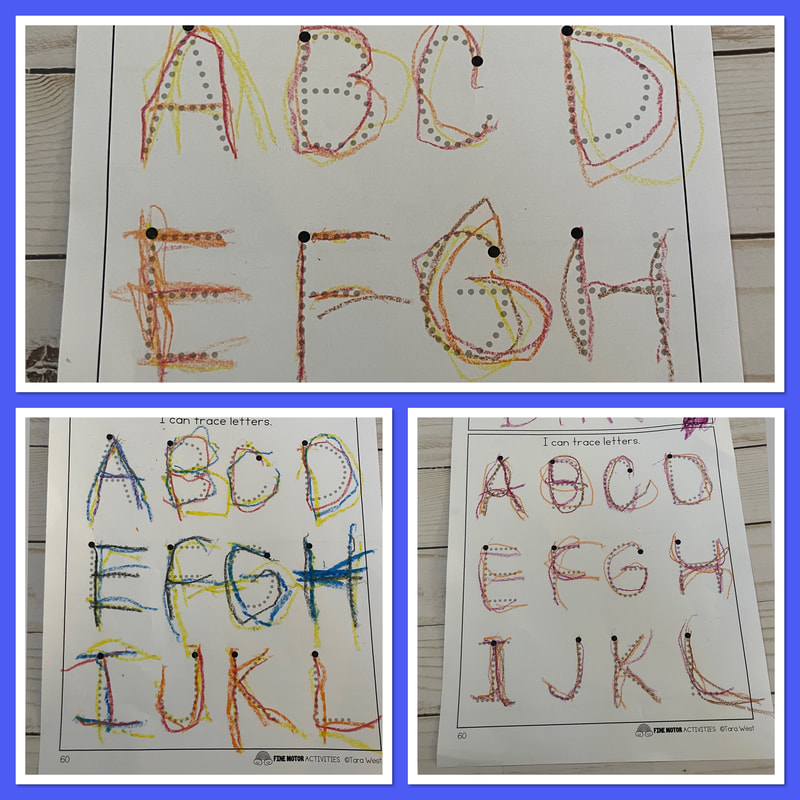
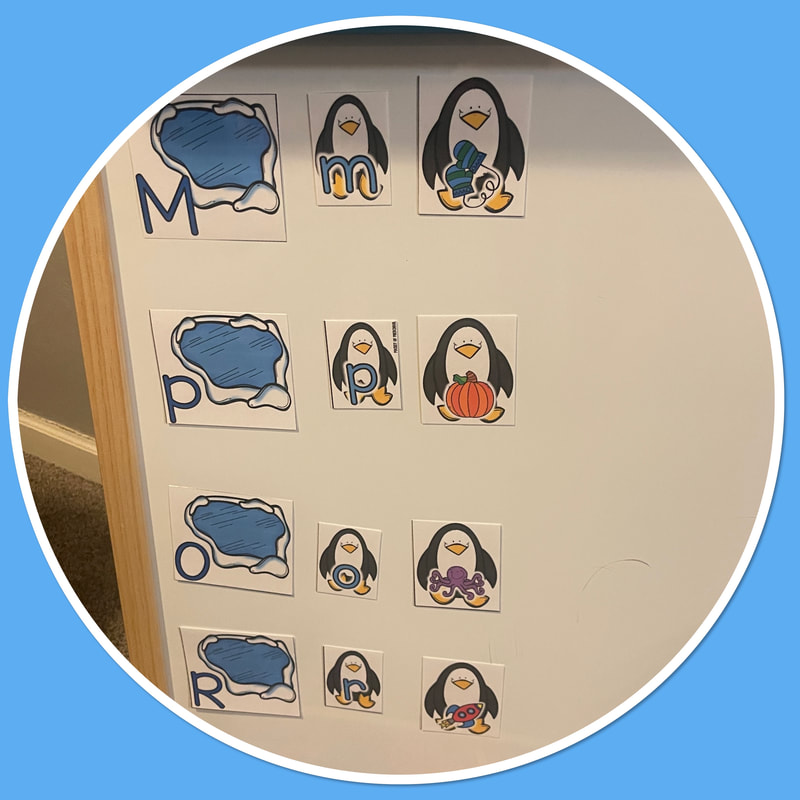
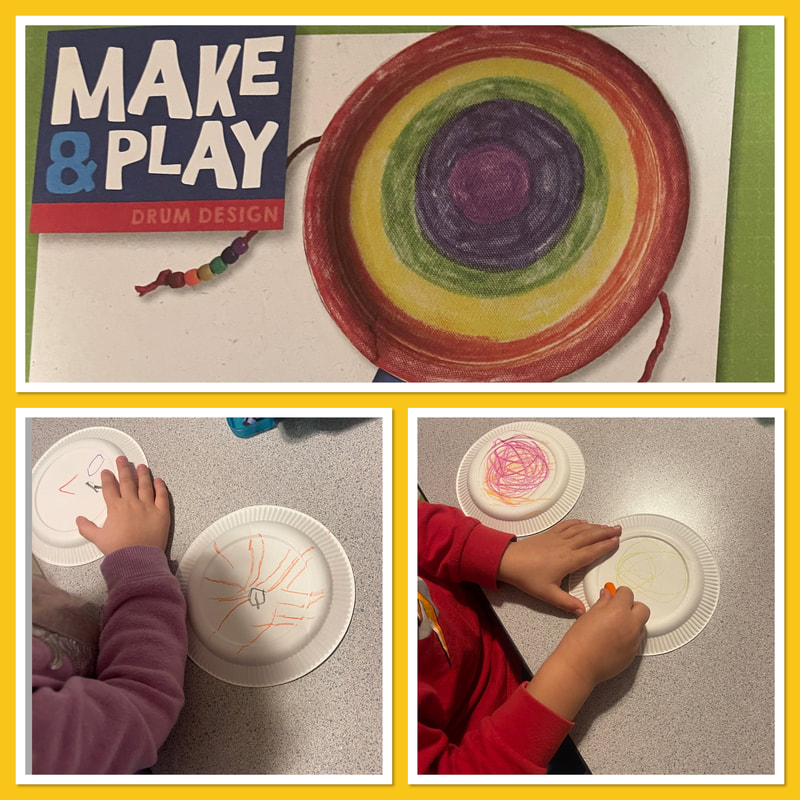
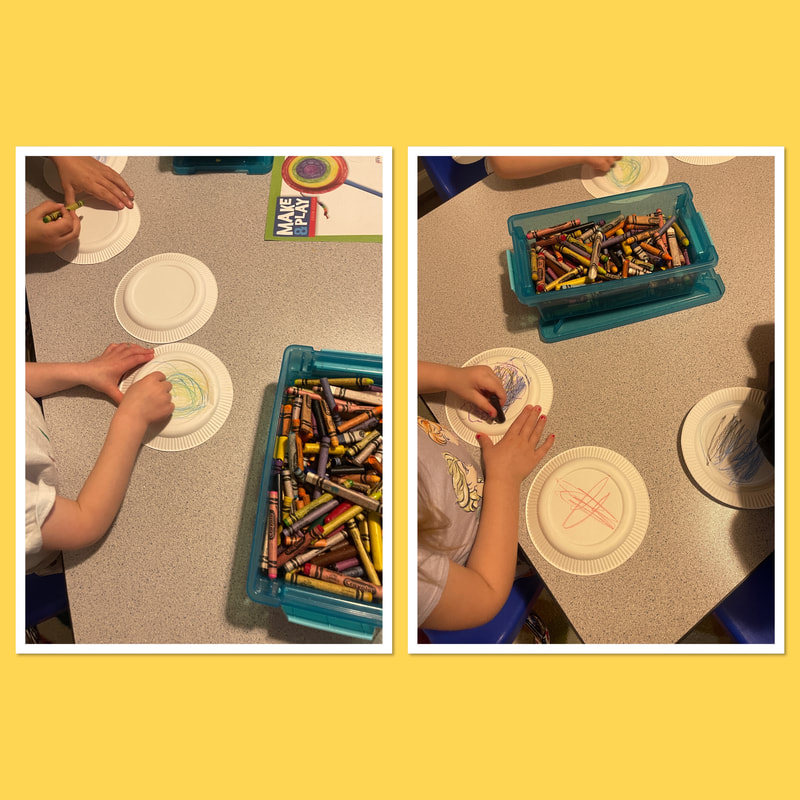
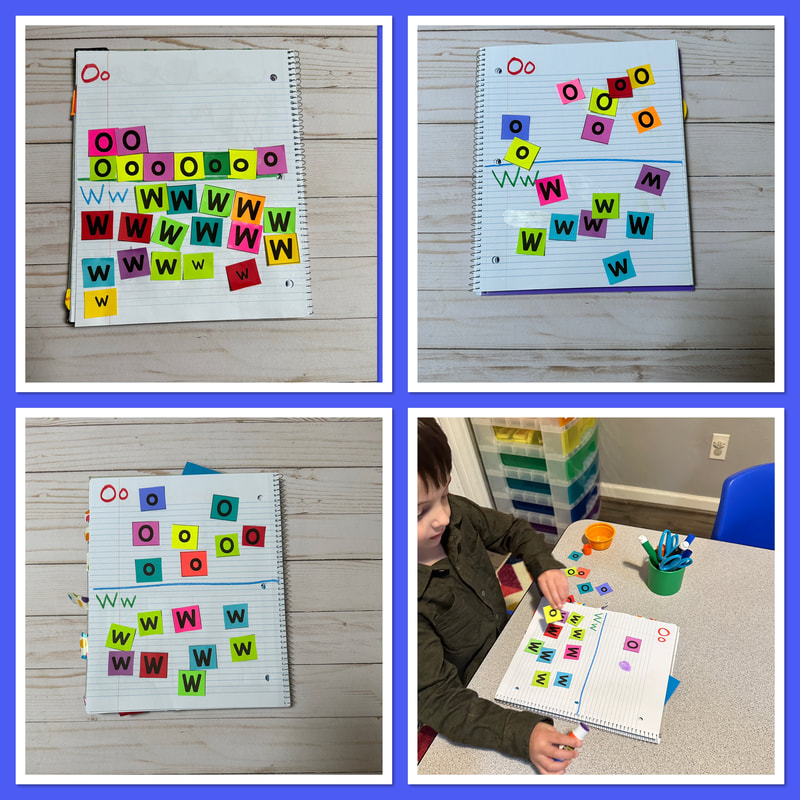

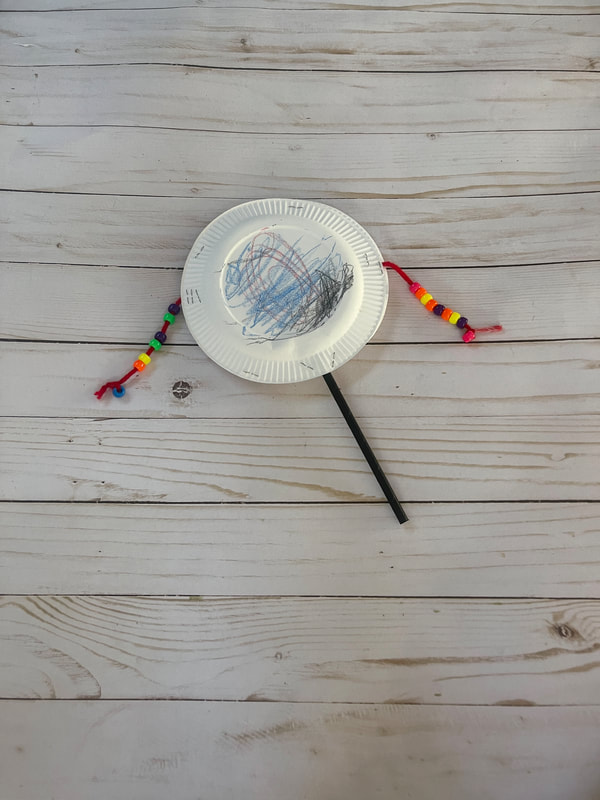

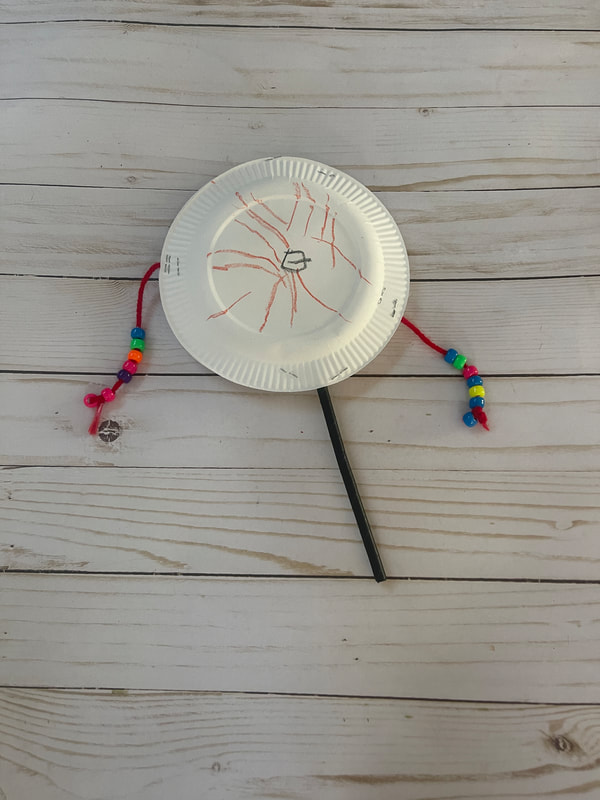
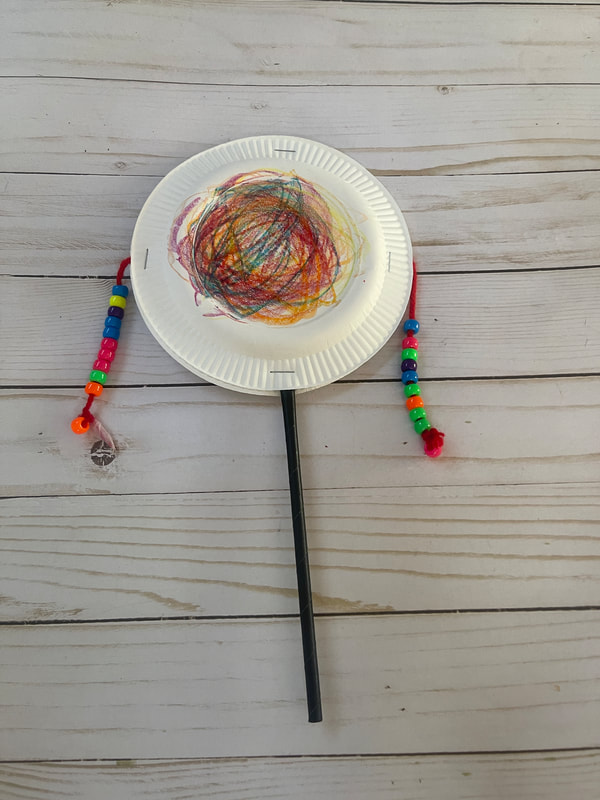
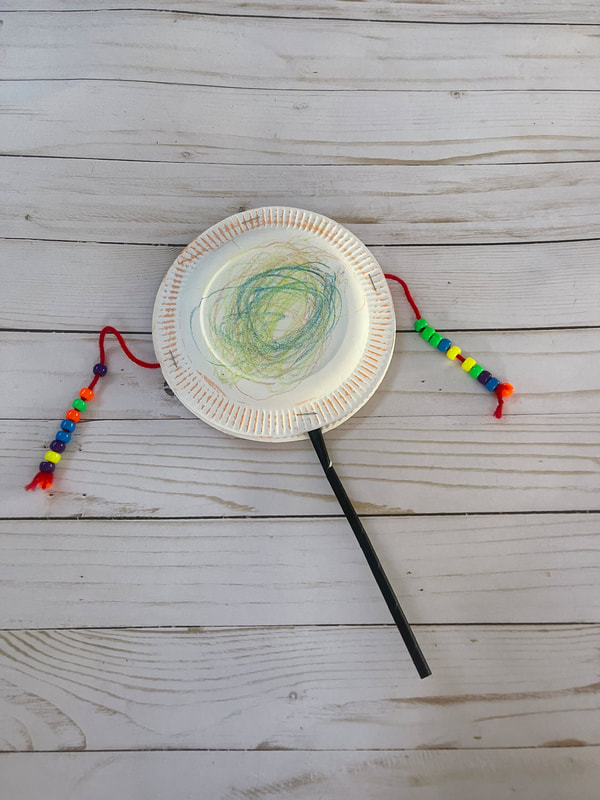
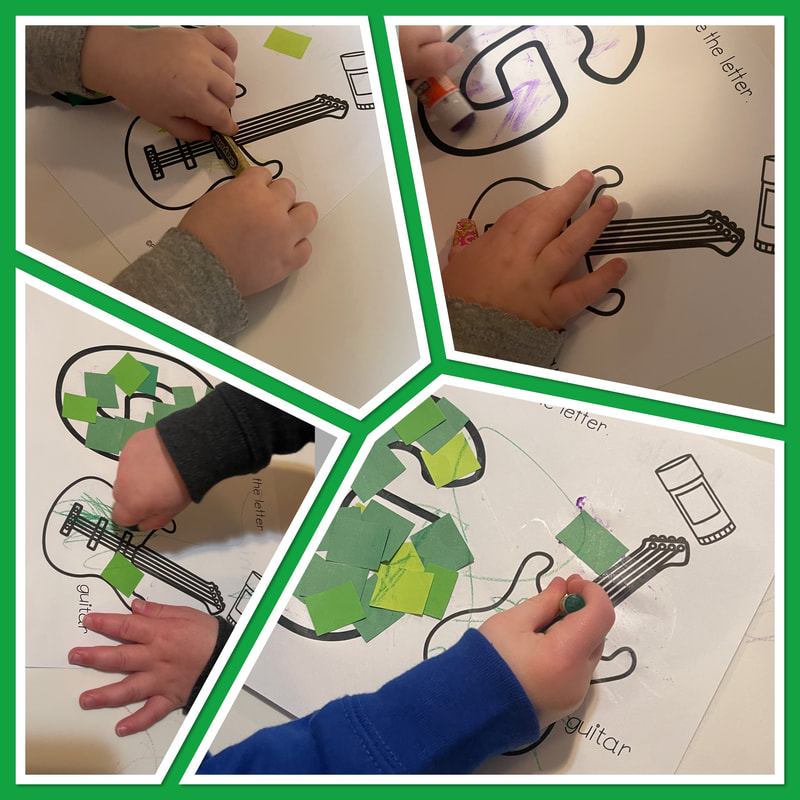
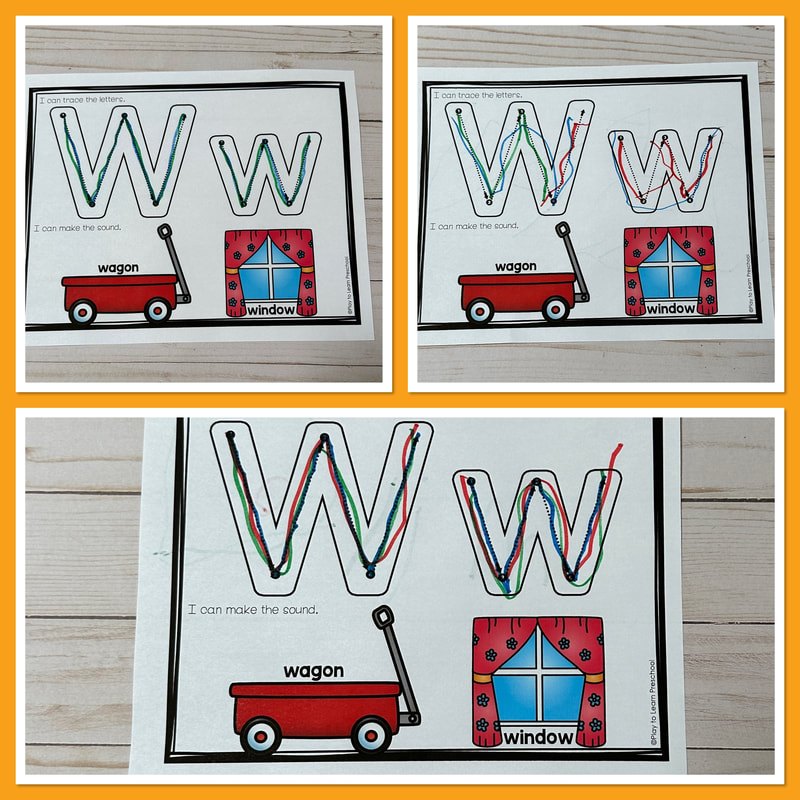
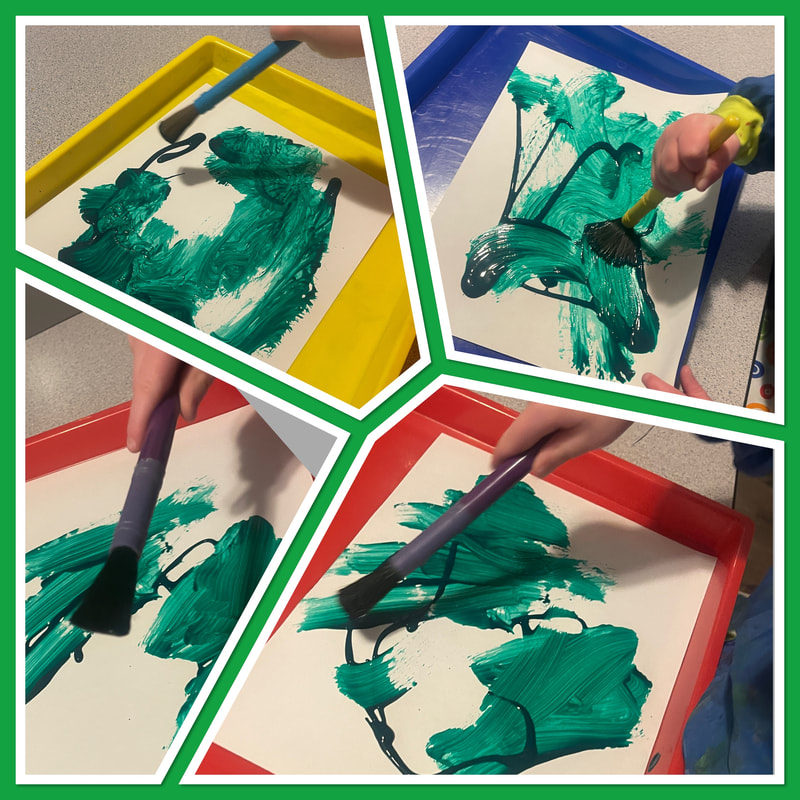
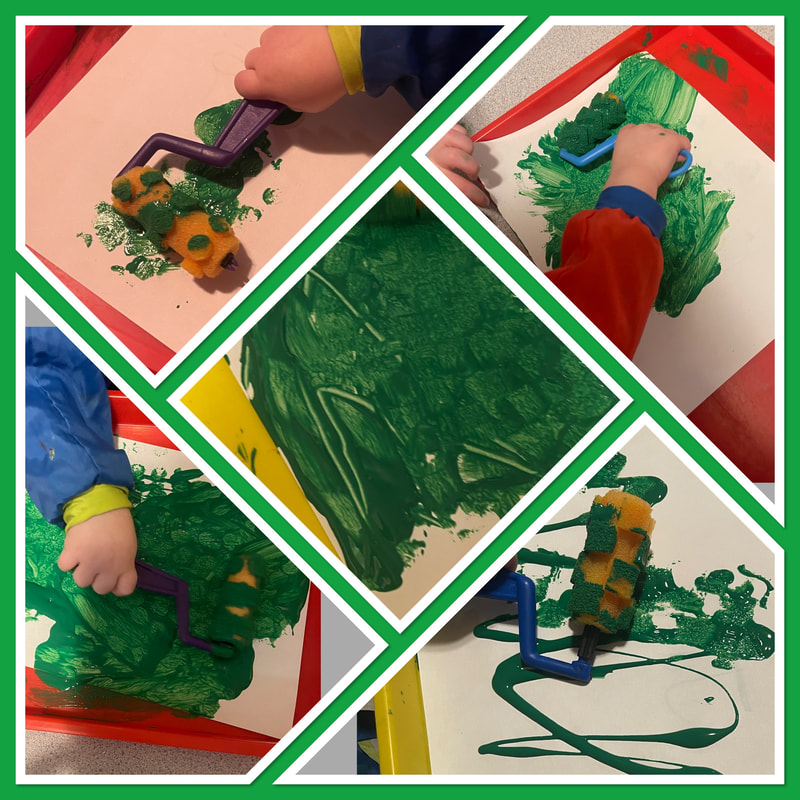
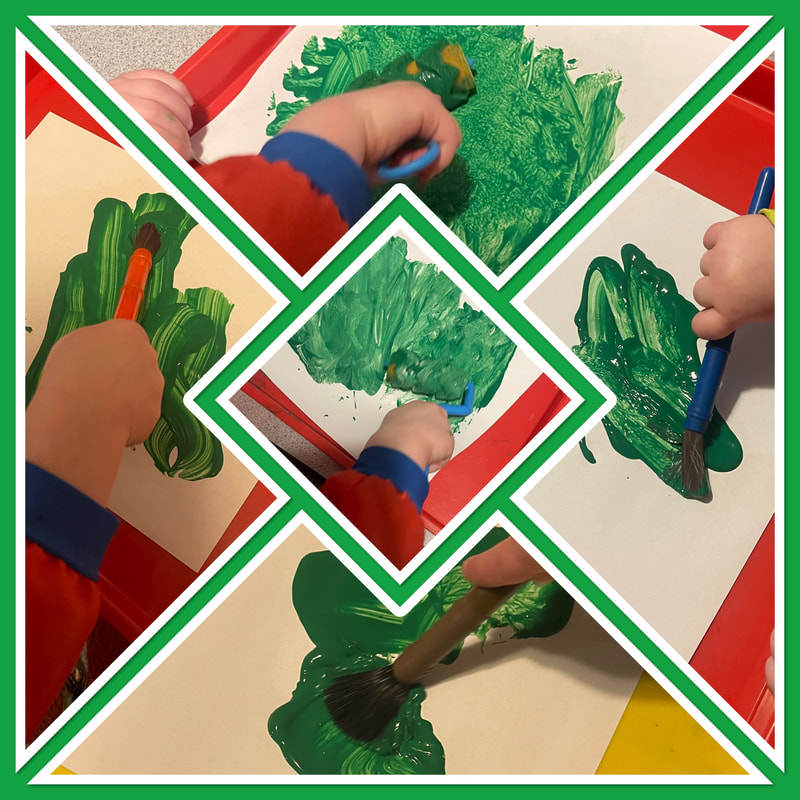
 RSS Feed
RSS Feed